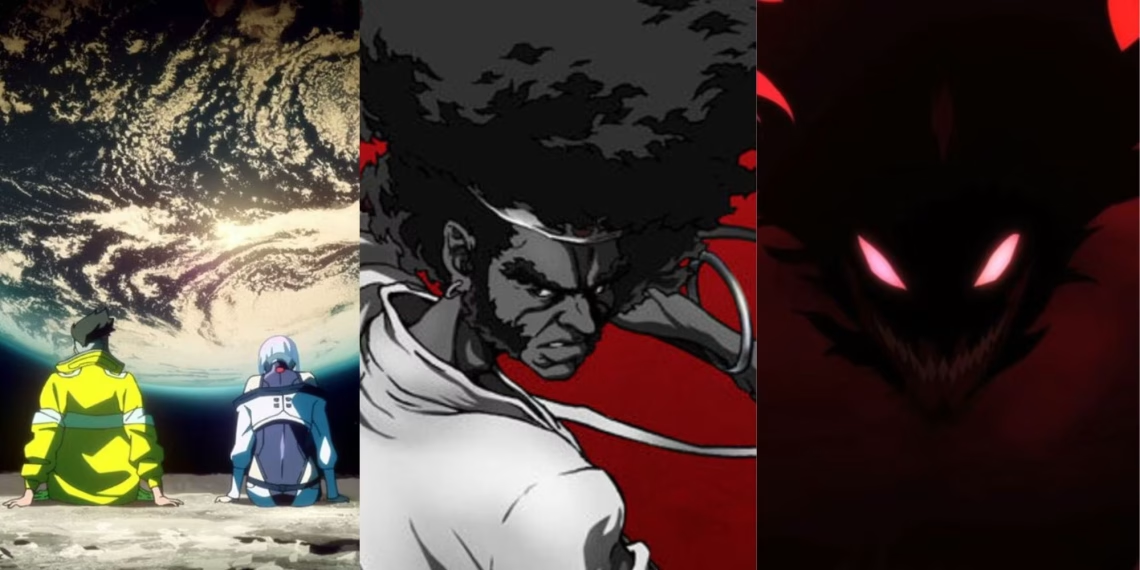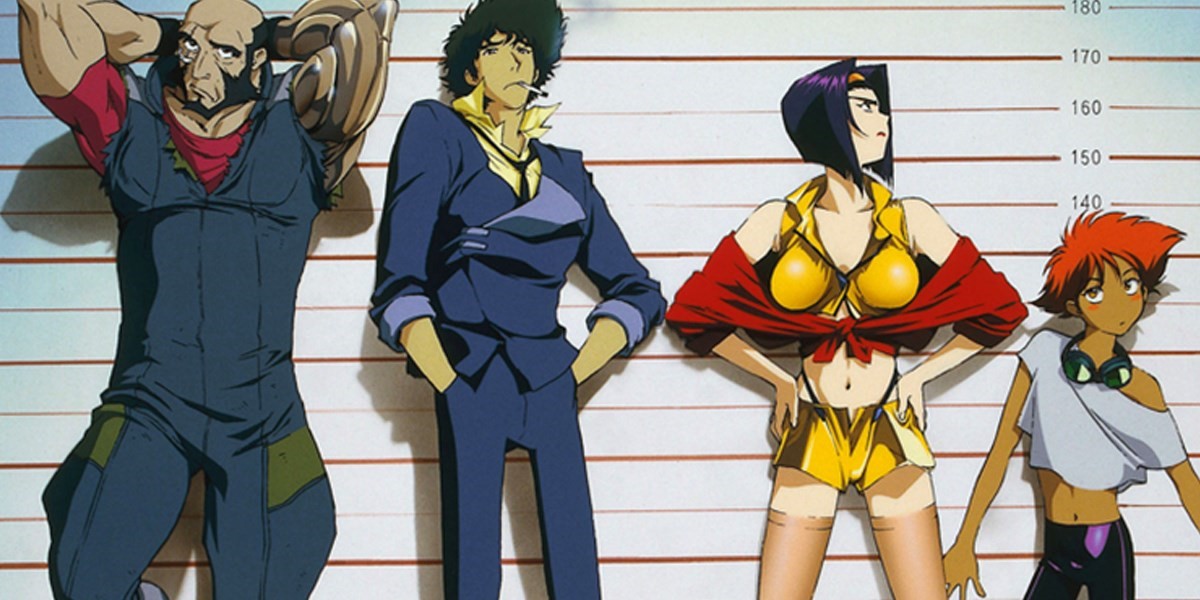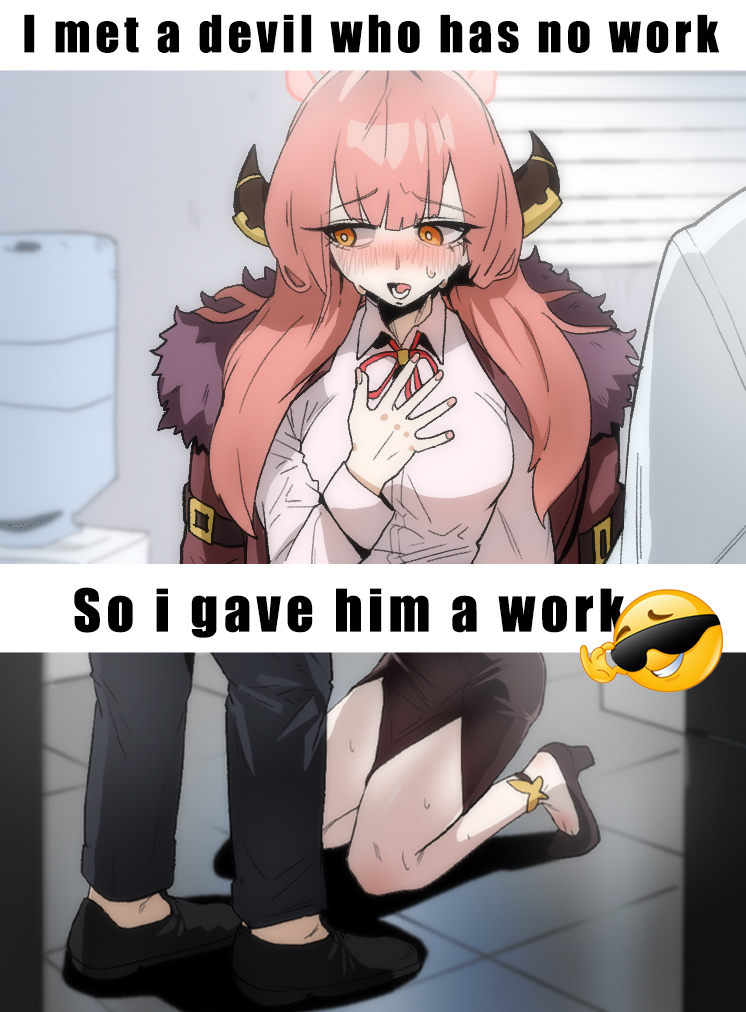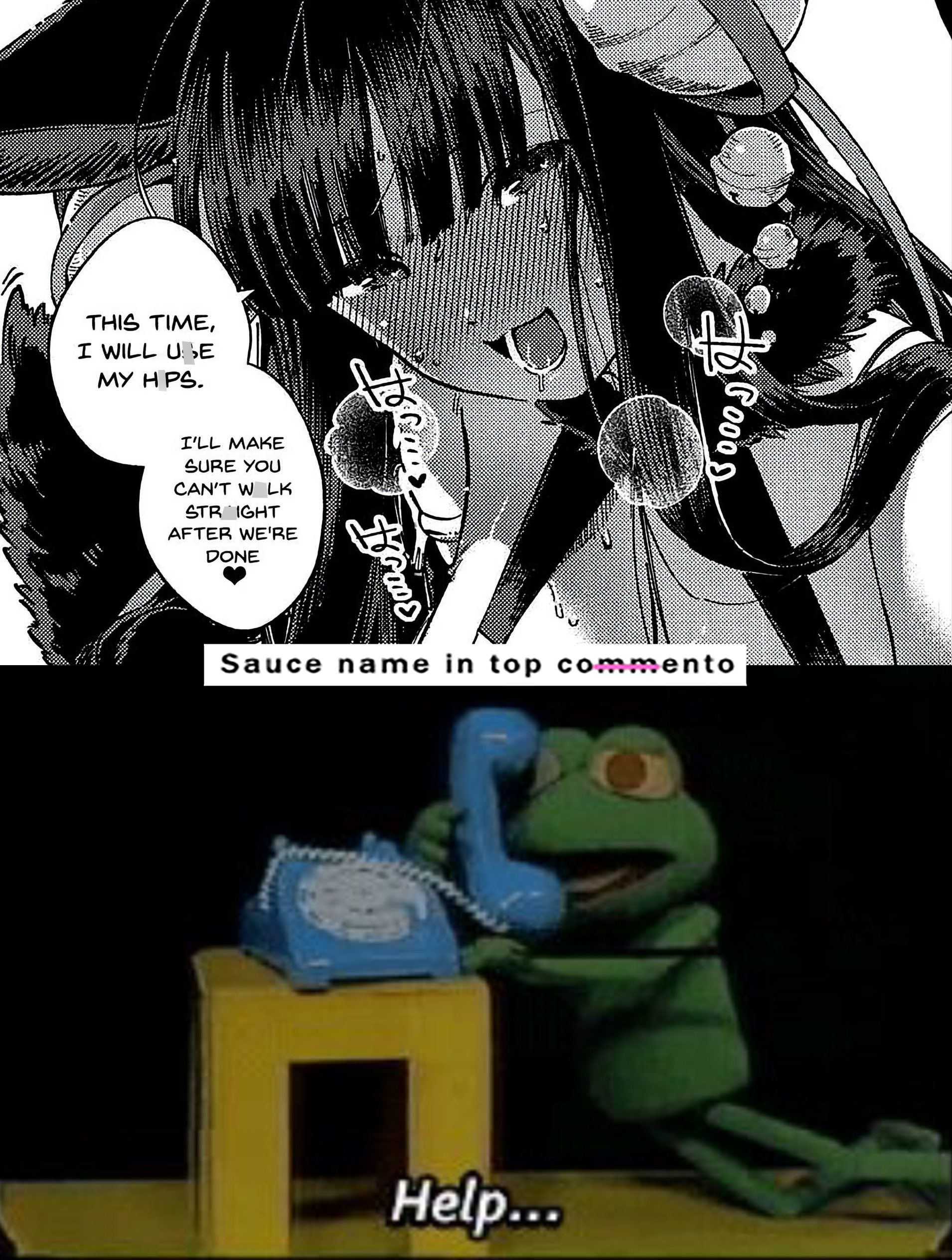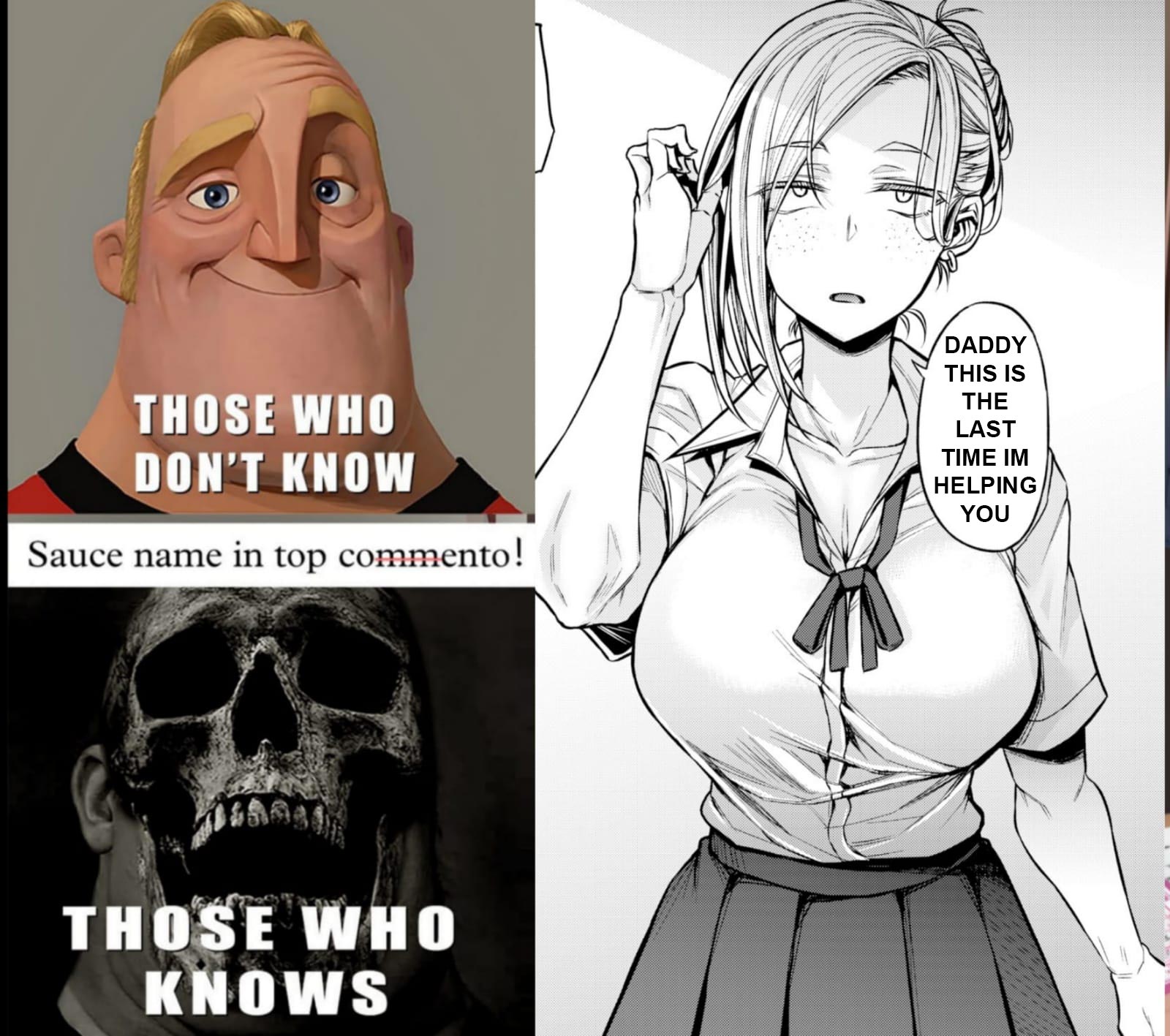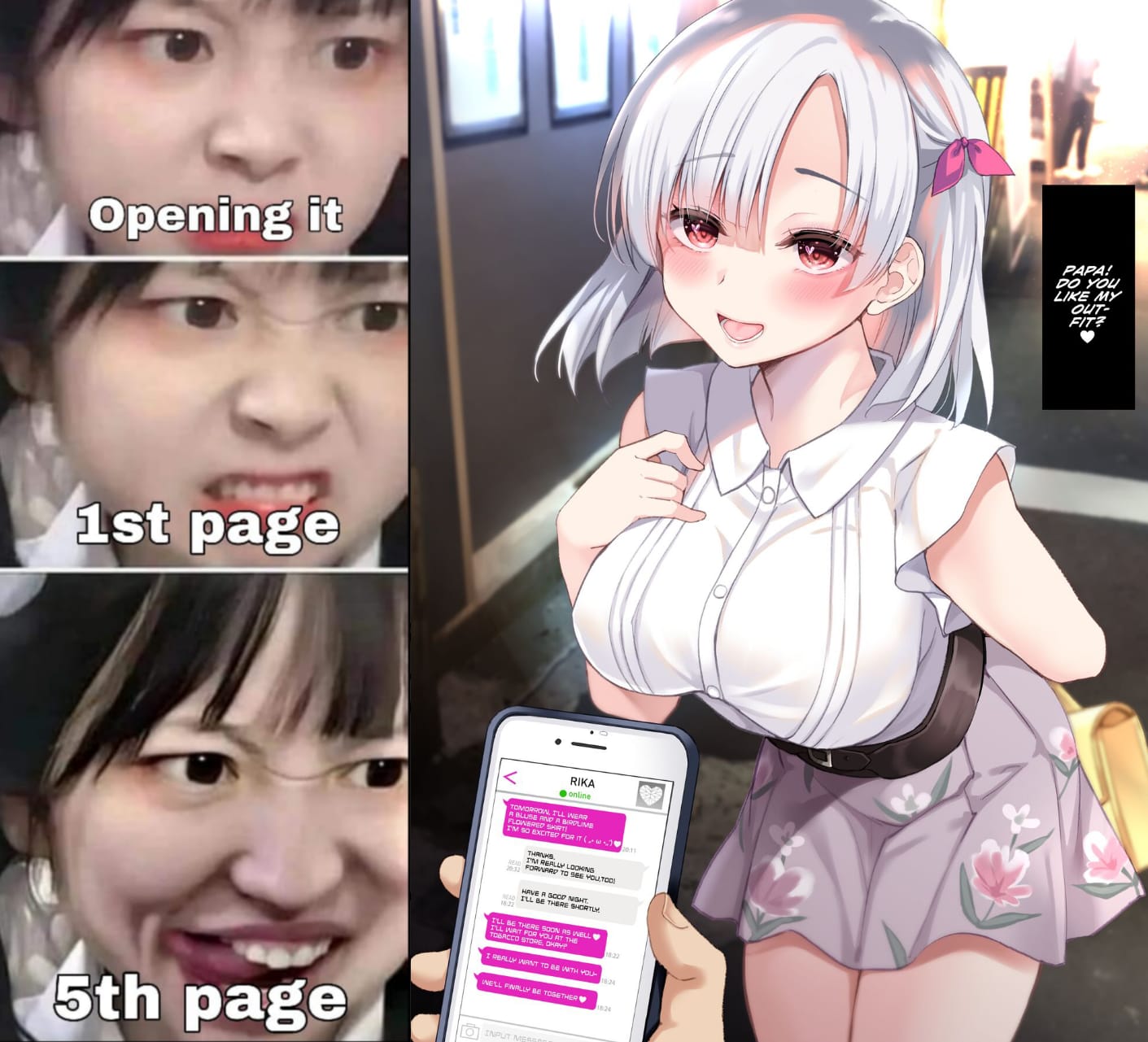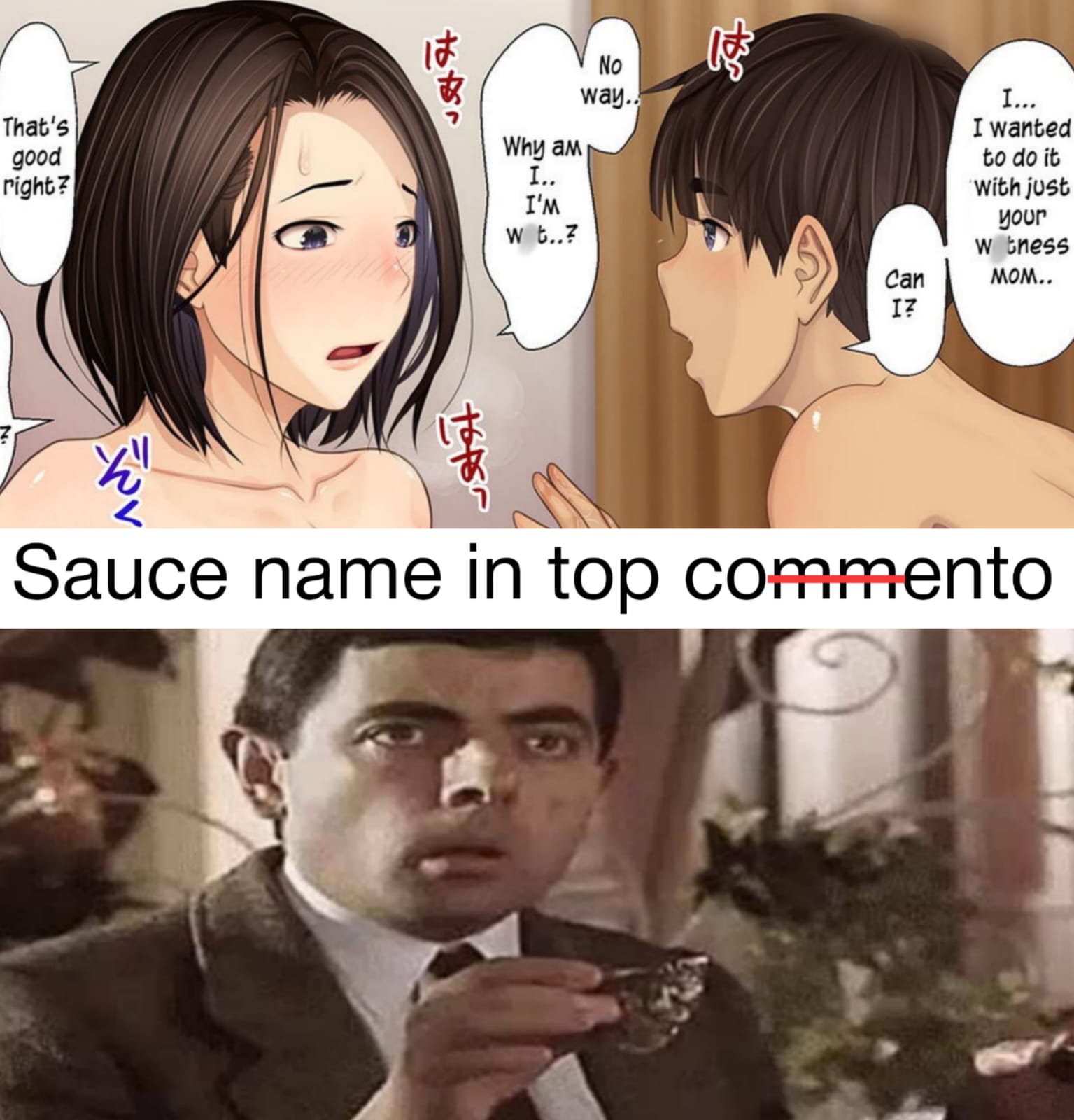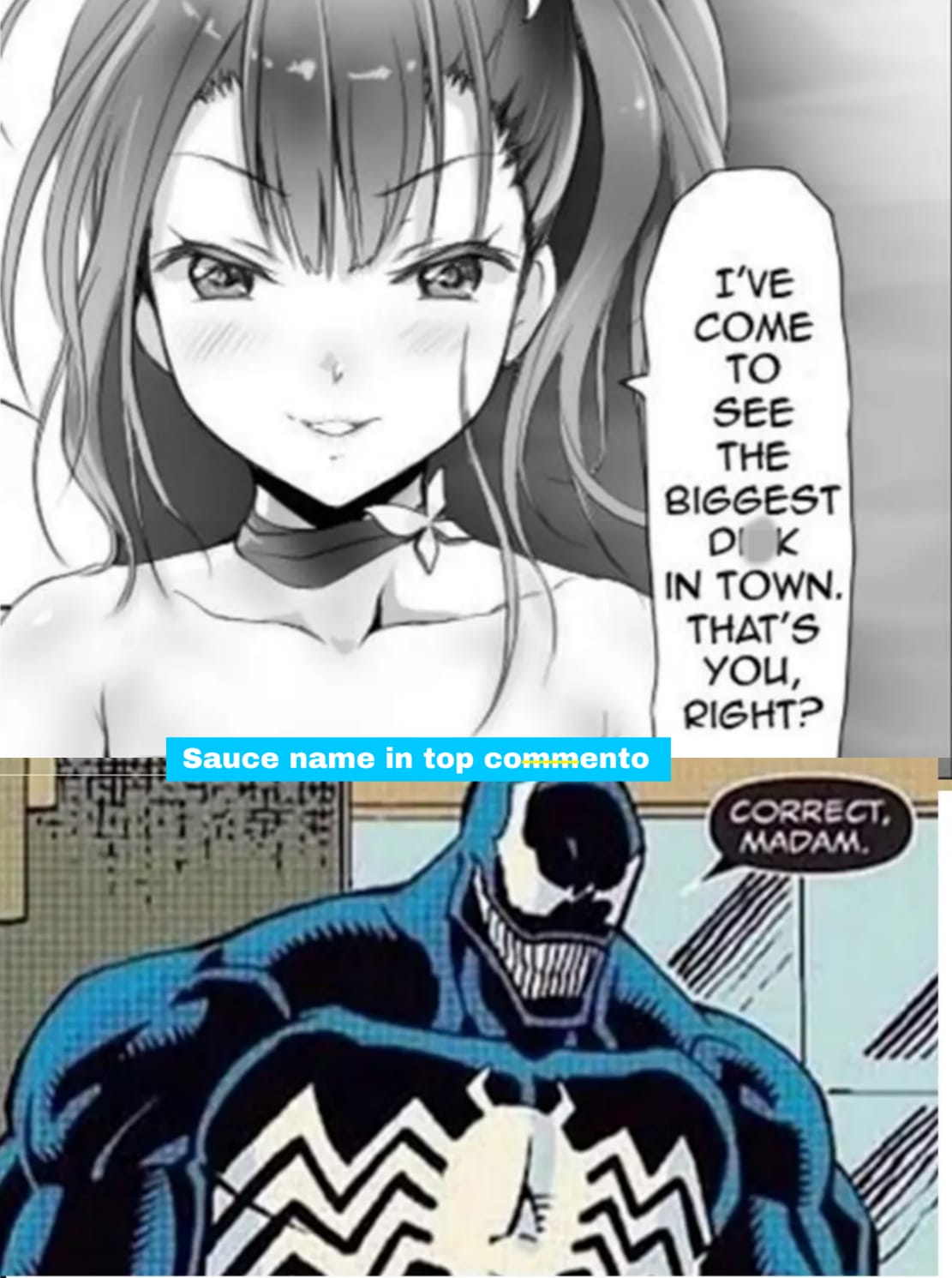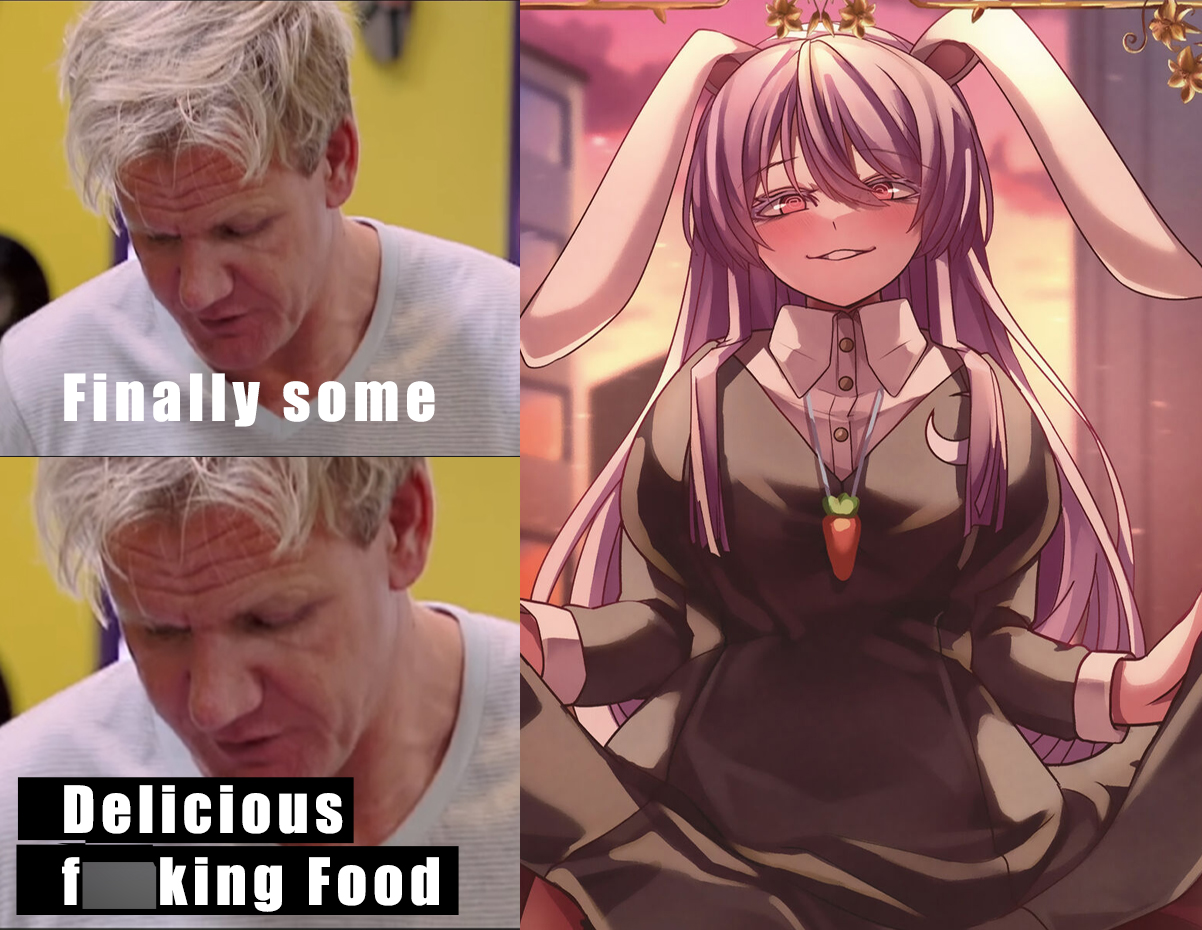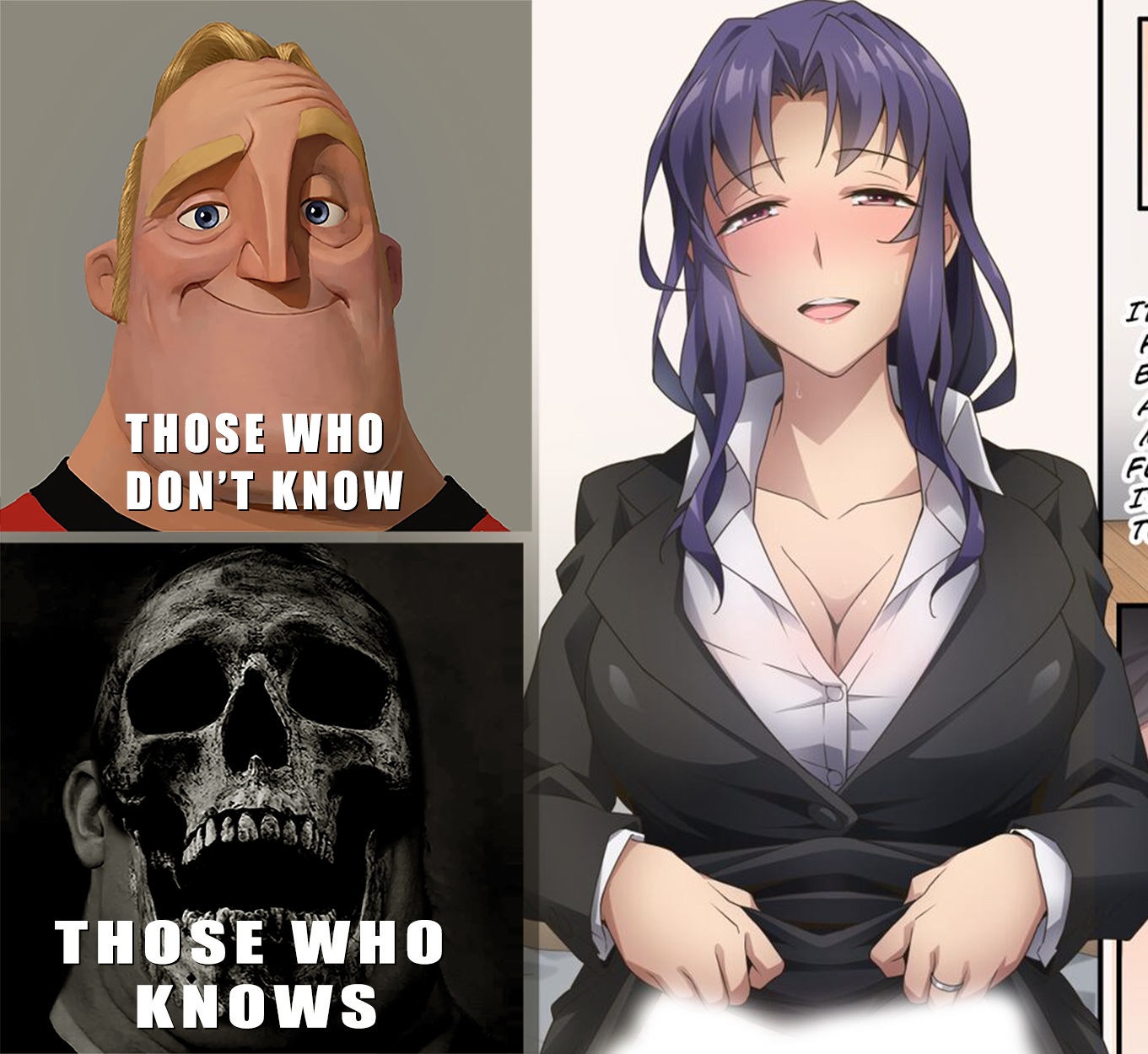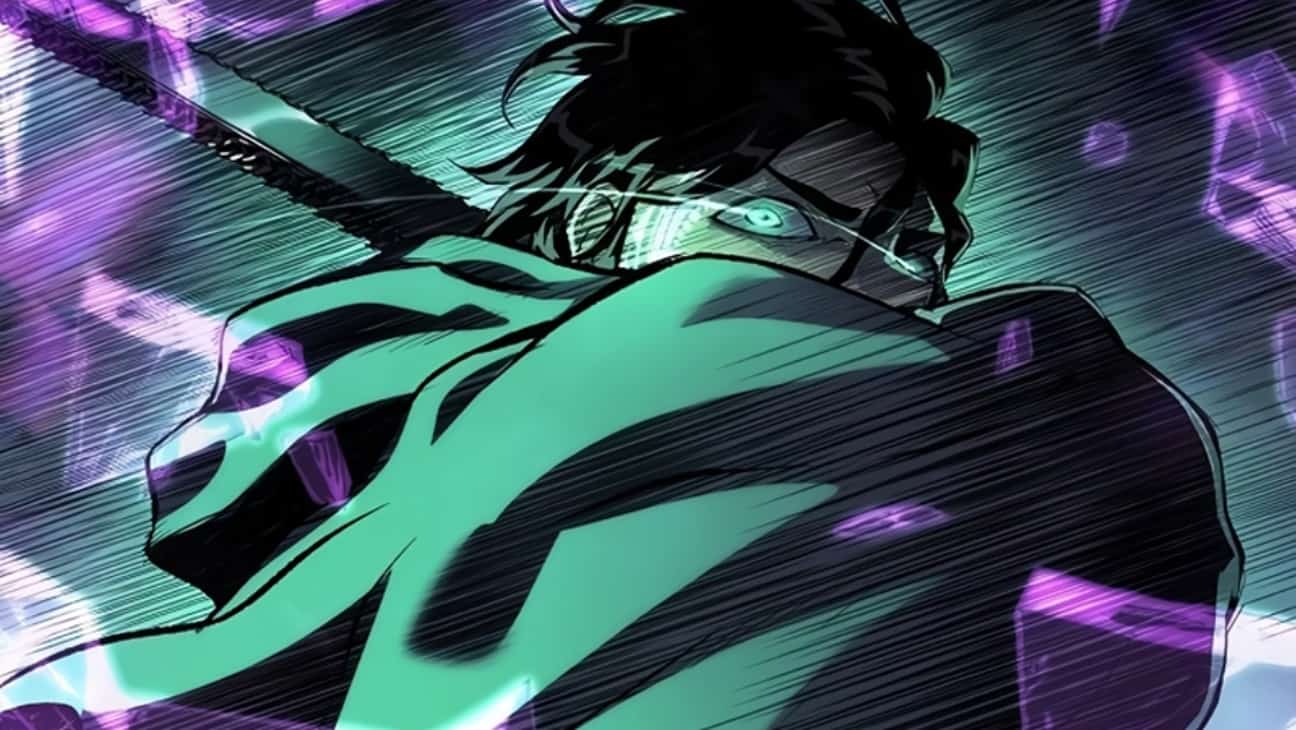Not all anime series have to be super long like One Piece or Case Closed. Some of the best ones are actually short and sweet. They’re easy to binge-watch because they have fast-paced stories and tight plots, or each episode feels different.
These shows can be just one season or two, but they grab your attention with great stories and characters. There’s a wide range of styles and genres, so there’s something for everyone looking for a quick anime fix.
While many fans are caught up in the Spring 2024 season’s new releases, some might want shorter shows they can finish in a few hours. Here are some great recommendations for short anime series that are perfect for a quick binge.
10. Cowboy Bebop
Cowboy Bebop, the iconic anime series that first graced screens in 1998, has garnered a devoted following over the years. Set in a futuristic world, the show follows the adventures of a band of bounty hunters as they traverse the cosmos aboard the spaceship Bebop.
It’s undoubtedly a top pick for binge-watching. With just 26 episodes, each running between 22 to 24 minutes, Cowboy Bebop lends itself perfectly to a one-day marathon.
What sets Cowboy Bebop apart is its episodic nature. While there is an overarching storyline and character development, each episode also stands on its own as a complete narrative.
This makes it easy for viewers to dip in and out of the series without feeling overwhelmed by a complex plot. Whether you’re in it for the long haul or just looking for a quick entertainment fix, Cowboy Bebop delivers a satisfying viewing experience every time.
Cowboy Bebop is a classic anime series that has achieved legendary status in animation. Created by Shinichirō Watanabe and produced by Sunrise, “Cowboy Bebop” originally aired in 1998 and has since become renowned for its stylish blend of genres, memorable characters, and iconic soundtrack.
Set in a futuristic world where humanity has colonized other planets and moons, “Cowboy Bebop” follows the adventures of a ragtag group of bounty hunters aboard the spaceship Bebop.
The crew consists of Spike Spiegel, a laid-back and skilled martial artist with a mysterious past; Jet Black, a former police officer and the pragmatic captain of the Bebop; Faye Valentine, a sassy and resourceful con artist; Edward Wong Hau Pepelu Tivrusky IV (commonly known as Ed), a hyperactive and eccentric computer whiz; and Ein, a highly intelligent Corgi with enhanced abilities.
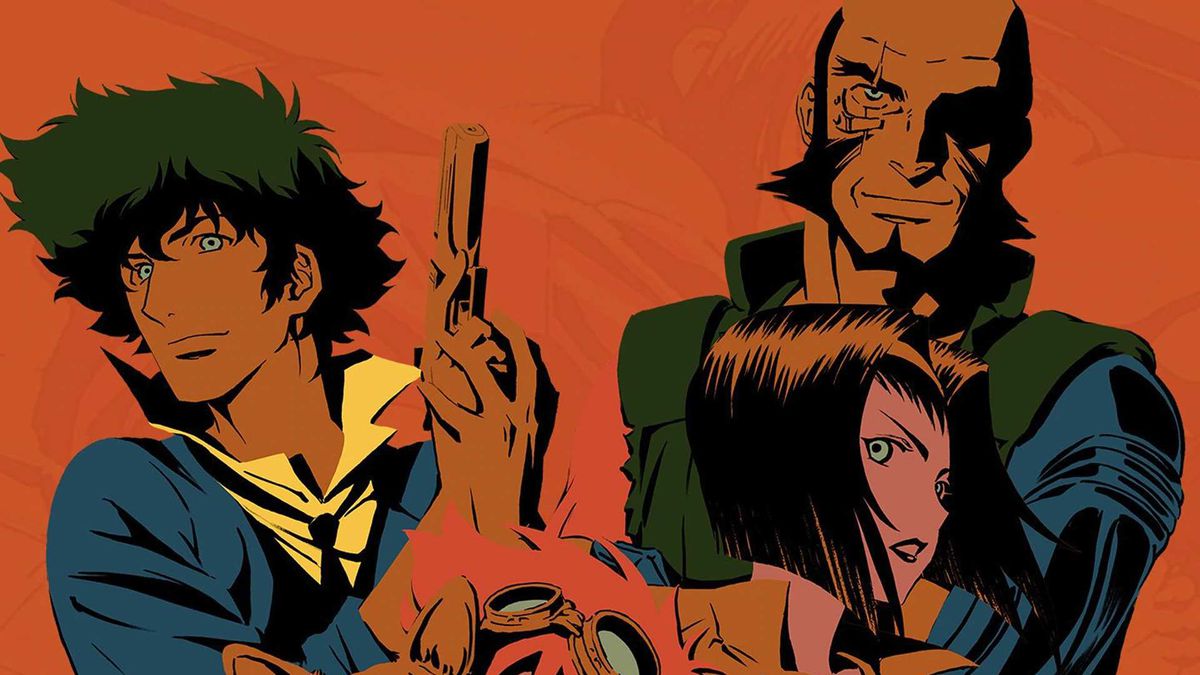
Together, the crew travels across the galaxy in pursuit of lucrative bounties while grappling with their own personal demons and past traumas. Each episode of “Cowboy Bebop” features a self-contained story that explores different genres, from crime noir and Western to science fiction and comedy, all while advancing the overarching narrative of the characters’ lives.
“Cowboy Bebop” goes into themes of existentialism, loneliness, and the consequences of one’s past choices. Each member of the Bebop crew carries emotional baggage and struggles with their own sense of purpose and identity. Spike, in particular, is haunted by his past as a former member of the Red Dragon crime syndicate, and his journey toward redemption and closure forms the emotional core of the series.
The dynamics between the characters are nuanced and complex, with moments of camaraderie, conflict, and genuine connection interspersed throughout the narrative. The relationships between Spike, Jet, Faye, and Ed evolve over time, revealing layers of vulnerability and humanity beneath their tough exteriors.
“Cowboy Bebop” is renowned for its stunning animation quality and distinctive art style. The series seamlessly blends hand-drawn animation with computer-generated imagery to create dynamic action sequences and atmospheric environments. The character designs by Toshihiro Kawamoto are iconic, with each character sporting a unique and memorable appearance that reflects their personalities.
One of the defining aspects of “Cowboy Bebop” is its phenomenal soundtrack composed by Yoko Kanno and performed by The Seatbelts. The jazz, blues, and rock-inspired music perfectly complements the stylish visuals and enhances the series’ atmosphere. The opening theme, “Tank!”, is especially iconic and sets the tone for the exhilarating adventures that await viewers.
“Cowboy Bebop” has received universal acclaim from critics and audiences alike for its innovative storytelling, well-developed characters, and exceptional production values. The series has been credited with popularizing anime outside of Japan and remains a landmark title in the medium. “Cowboy Bebop” has inspired countless works of art, music, and literature and continues to influence creators across various genres.
If you appreciate masterfully crafted storytelling, memorable characters, and stylish aesthetics, “Cowboy Bebop” is essential viewing.
Whether you’re a longtime anime enthusiast or new to the medium, the series offers a timeless experience that transcends genres and leaves a lasting impression. Prepare to get on a thrilling journey through space and explore the complexities of human nature with the unforgettable crew of the Bebop.
9. Devilman Crybaby
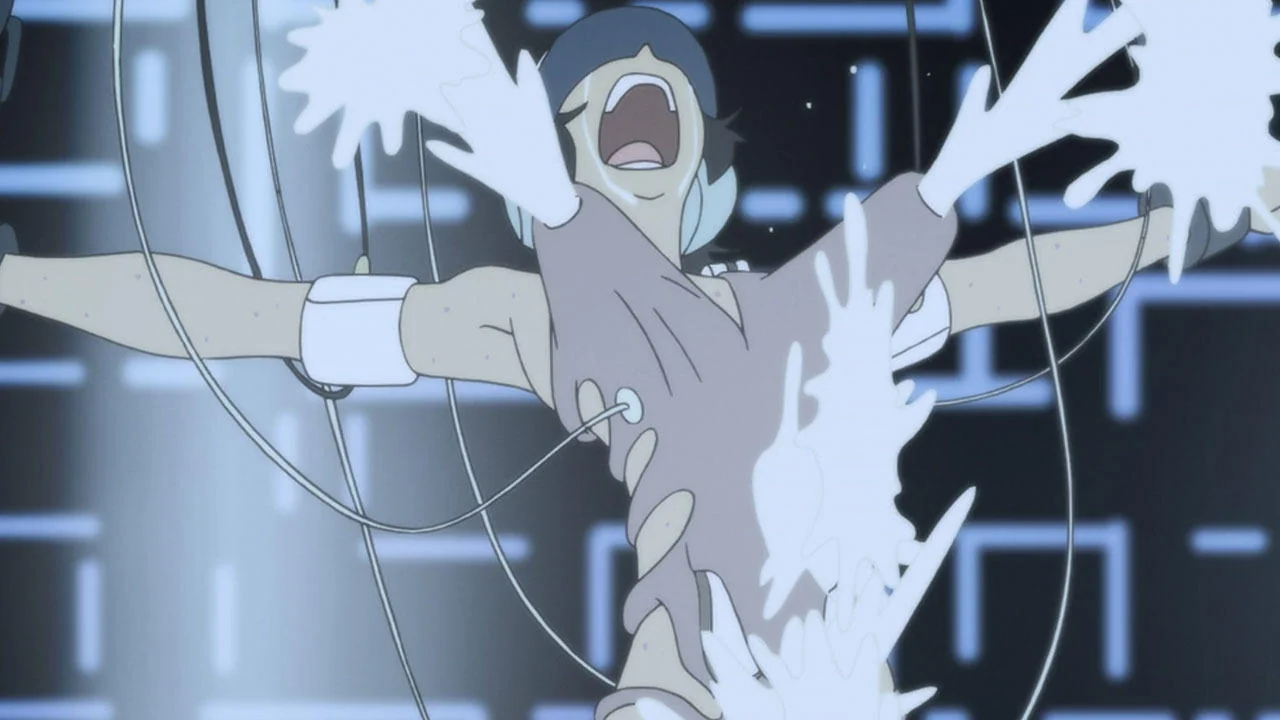
Devilman Crybaby is a contemporary reimagining of the classic Devilman manga penned by Go Nagai. It follows the journey of Akira Fudo, a young man who transforms into Devilman, a hybrid being with both devil and human traits. As Devilman, Akira battles against demonic forces bent on seizing control of Earth.
With just seven episodes, Devilman Crybaby is a brief yet intense anime series. Its rapid pace and vivid graphic style make it perfect for a binge-watching session.
This anime isn’t afraid to push boundaries, leaving a profound impact on viewers. If you’re seeking something unconventional and memorable, Devilman Crybaby is a binge-worthy choice that promises to leave you intrigued and perhaps even haunted by its narrative.
“Devilman Crybaby” is a visually striking and thought-provoking anime series based on Go Nagai’s classic manga “Devilman.” Directed by Masaaki Yuasa and produced by Science SARU, “Devilman Crybaby” premiered on Netflix in 2018, and instantly excited audiences with its bold storytelling, intense themes, and unique animation style.
The story revolves around Akira Fudo, a kind-hearted and empathetic high school student who becomes involved in a deadly conflict between demons and humans. When Akira’s childhood friend, Ryo Asuka, reveals the existence of demons infiltrating society, Akira agrees to merge with a demon named Amon to gain supernatural powers and fight against the impending demonic threat.
As Devilman, Akira must navigate a world plagued by violence, prejudice, and moral ambiguity. He encounters other Devilmen—humans possessed by demons—and struggles to reconcile his dual identity while grappling with profound existential questions.
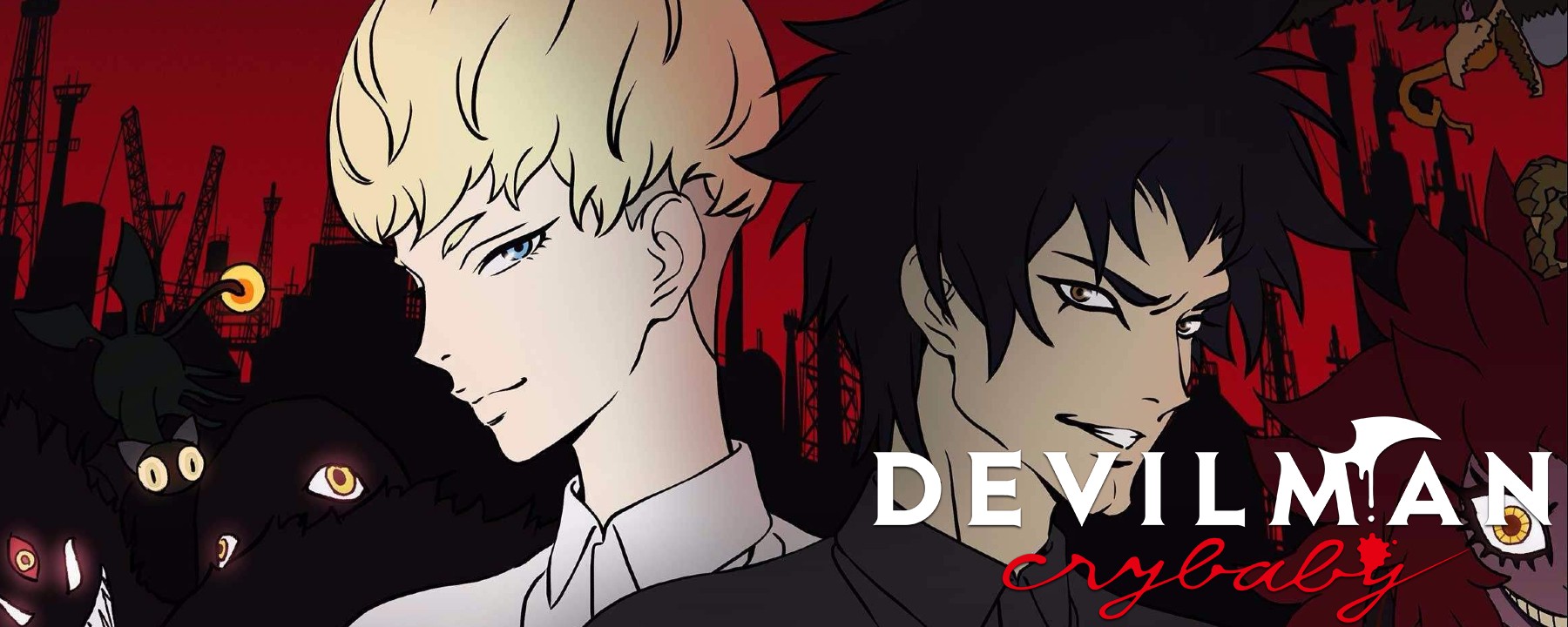
As the series progresses, Akira’s transformation into Devilman brings him face-to-face with increasingly harrowing challenges, ultimately leading to a cataclysmic showdown that will determine the fate of humanity.
“Devilman Crybaby” explores complex themes such as identity, duality, and the nature of evil. The series goes into the dark aspects of human behavior, depicting visceral violence and existential despair with unflinching honesty. At its core, “Devilman Crybaby” serves as a cautionary tale about the destructive consequences of fear, hatred, and intolerance.
The character of Devilman embodies the struggle between humanity and monstrosity, challenging traditional notions of heroism and villainy. Akira’s journey from a compassionate youth to a tormented hero highlights the fragility of morality in the face of overwhelming chaos.
Masaaki Yuasa’s distinct animation style lends “Devilman Crybaby” a visually stunning and surreal quality. The series features fluid motion, striking character designs, and bold color palettes that enhance the emotional impact of each scene. The use of abstract imagery and dynamic camera angles creates a sense of unease and tension, reflecting the series’ dark and introspective tone.
The soundtrack of “Devilman Crybaby” complements its haunting atmosphere, featuring a mix of electronic, rock, and ambient music that heightens the intensity of key moments. The opening theme, “MAN HUMAN” by Denki Groove, sets the tone for the series with its pulsating beat and evocative lyrics.
“Devilman Crybaby” received widespread critical acclaim for its bold narrative choices, thematic depth, and artistic vision. The series was praised for its willingness to tackle mature themes and challenge audience expectations, cementing its reputation as a groundbreaking work in the anime industry.
“Devilman Crybaby” is recommended for mature audiences looking for a thought-provoking and visually stunning anime experience. The series offers a profound exploration of humanity’s capacity for both cruelty and compassion, presented through a dark and immersive narrative.
If you appreciate challenging storytelling and innovative animation, “Devilman Crybaby” is a must-watch that will leave a lasting impact. However, be advised that the series contains graphic content and mature themes that may not be suitable for younger viewers.
8. Samurai Champloo
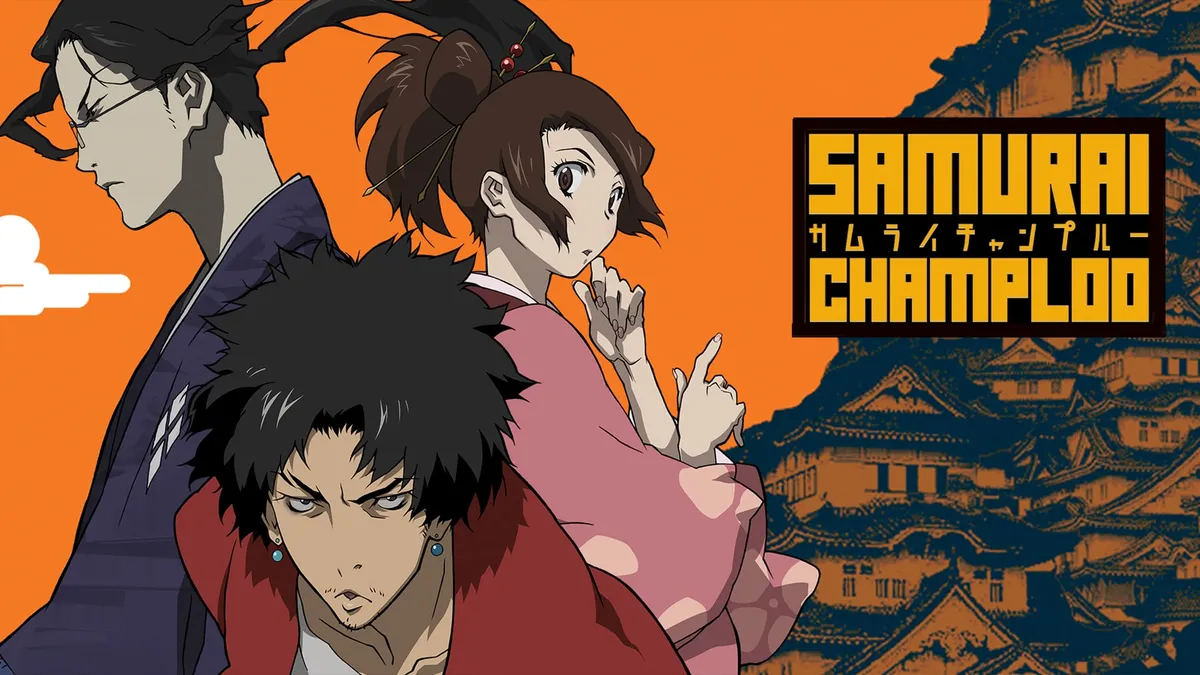
Samurai Champloo stands as another timeless anime gem, chronicling the adventures of three unlikely companions during Japan’s Edo period. Mugen, a ronin with a wild spirit; Fuu, a former geisha with a determined spirit; and Jin, a stoic wandering samurai, form an eclectic trio as they journey across the land.
Filled with a seamless blend of action, humor, and heartfelt moments, each episode of Samurai Champloo offers a unique experience. What sets it apart is its fusion of traditional Japanese elements with modern hip-hop culture, creating a distinctive and fascinating atmosphere.
While Samurai Champloo may be more light-hearted compared to some of its counterparts, it doesn’t lack in emotionally charged scenes or thrilling action sequences. From start to finish, this series keeps fans thoroughly engaged, making it a delightful choice for binge-watching.
“Samurai Champloo” is a stylish and genre-defying anime series created by Shinichiro Watanabe, known for his work on “Cowboy Bebop.” Combining elements of historical fiction, action, comedy, and hip-hop culture, “Samurai Champloo” offers a refreshing take on the samurai genre while delivering compelling characters and thrilling adventures.
Set in Edo-era Japan, “Samurai Champloo” follows the journey of three unlikely companions: Mugen, a brash and unpredictable swordsman with a unique fighting style; Jin, a reserved and disciplined ronin (masterless samurai) skilled in traditional swordsmanship; and Fuu, a spirited and resourceful young woman on a quest to find “the samurai who smells of sunflowers.”
The trio’s paths intertwine after Mugen and Jin cross swords in a chaotic brawl, resulting in their arrest and impending execution. Fuu intervenes and persuades them to join her quest in exchange for their freedom. Together, they get on a journey across Japan, encountering colorful characters, engaging in thrilling duels, and navigating a world filled with danger and intrigue.
Throughout their travels, Mugen, Jin, and Fuu face various challenges, including rival samurai, assassins, and criminal organizations. As they go deeper into Fuu’s mysterious quest, they form a unique bond and learn valuable lessons about loyalty, honor, and the true meaning of family.
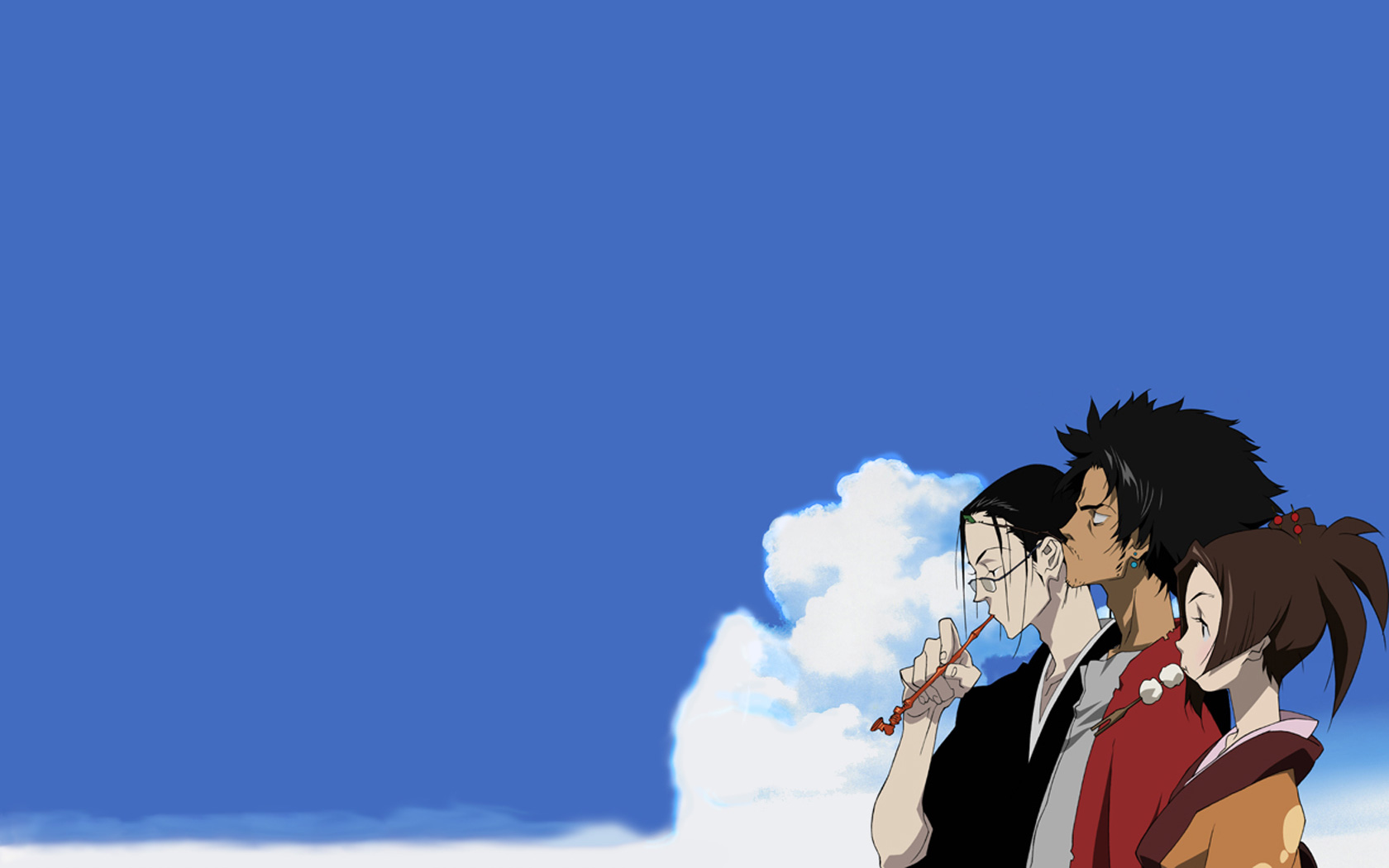
At its core, “Samurai Champloo” explores themes of identity, redemption, and the impact of the past on the present. Each member of the main trio grapples with personal demons and hidden traumas, gradually revealing layers of complexity beneath their outward personas.
Mugen represents chaos and spontaneity, often challenging societal norms and embracing unorthodox methods. Jin embodies discipline and tradition, adhering to the code of the samurai while seeking inner peace and enlightenment. Fuu serves as the heart of the group, providing emotional support and driving the narrative with her unwavering determination.
The dynamics between the characters are central to the series’ appeal, with Mugen, Jin, and Fuu complementing each other’s strengths and weaknesses. Their interactions are characterized by humor, camaraderie, and mutual growth, creating a sense of camaraderie and warmth amidst the action-packed storyline.
“Samurai Champloo” is renowned for its distinctive visual style and dynamic animation. The series blends traditional Japanese aesthetics with modern sensibilities, incorporating fluid fight choreography, expressive character designs, and vibrant backgrounds. The use of hip-hop-inspired imagery and editing techniques adds a contemporary flair to the historical setting, resulting in a visually nice viewing experience.
One of the standout features of “Samurai Champloo” is its groundbreaking soundtrack produced by Nujabes (Jun Seba) and other prominent hip-hop artists. The fusion of traditional Japanese instruments with hip-hop beats creates a unique audio landscape that perfectly complements the series’ eclectic tone. The opening theme, “Battlecry” by Nujabes featuring Shing02, has become iconic and synonymous with the series’ energetic vibe.
“Samurai Champloo” received widespread critical acclaim for its innovative approach to storytelling, memorable characters, and stylish presentation. The series has left a lasting impact on the anime community and is often regarded as a classic within the medium. Its influence can be seen in subsequent works that blend historical settings with contemporary themes and music.
If you enjoy dynamic action, compelling characters, and a fusion of genres, “Samurai Champloo” is highly recommended. The series offers a refreshing take on the samurai genre, combining historical elements with modern sensibilities to create a rich and immersive narrative.
Whether you’re a fan of anime or simply looking for a unique and engaging story, “Samurai Champloo” delivers a thrilling and memorable experience that will leave you craving for more.
7. Fate/Zero
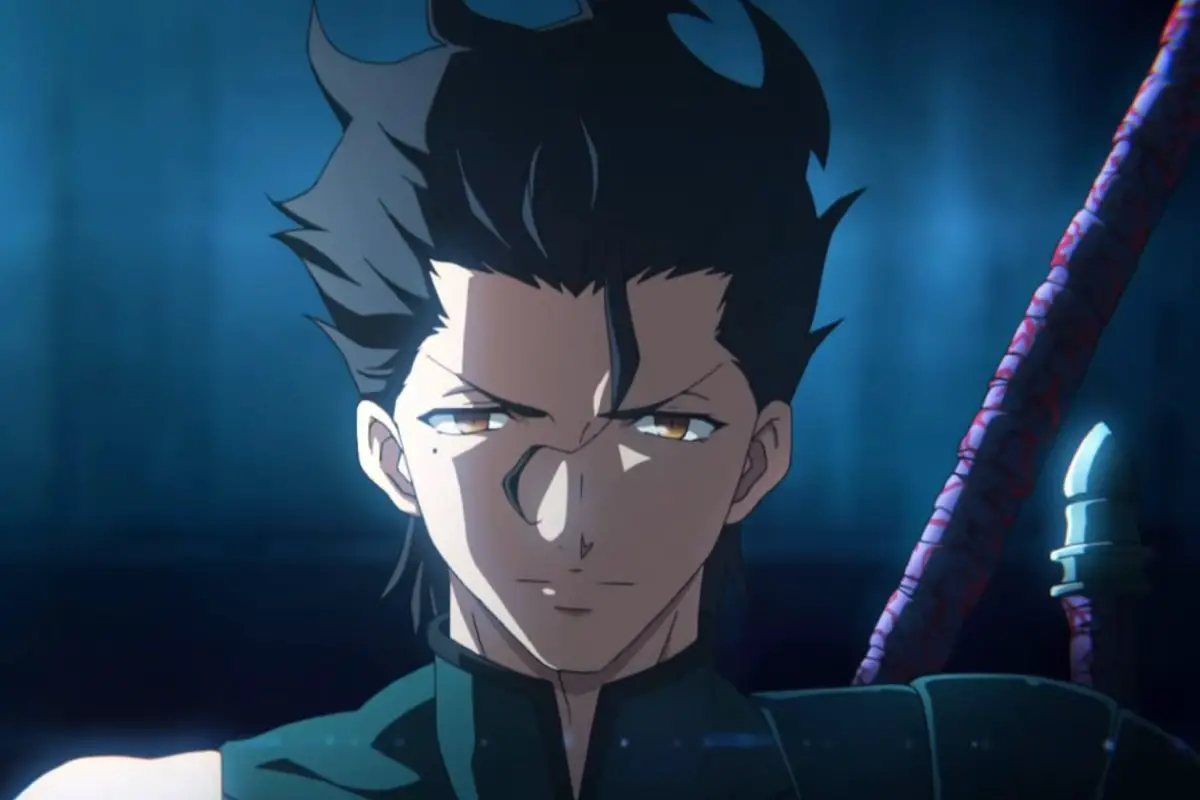
Fate/Zero thrusts viewers into the heart of the Fourth Holy Grail War, a high-stakes battle royale where seven magicians summon powerful spirits, known as Servants, to vie for the coveted Holy Grail. Set a decade before the events of Fate/Stay Night, this series unfolds a tale of intrigue and conflict amidst the clash of magical powers.
At the center of it all is Kiritsugu Emiya, a skilled mercenary enlisted by one of the wizards to join the fray. His prowess in combat and strategic thinking is unmatched, yet his enigmatic past adds layers of complexity to his character, making him a compelling and mysterious protagonist.
With 25 episodes, each around 25 minutes in length, Fate/Zero is tailor-made for a one-day binge-watch. Its well-paced narrative is rich with action, drama, and a diverse cast of intriguing characters. Fans of anime will find themselves drawn into the gripping plot, making it difficult to resist watching it all in a single sitting.
“Fate/Zero” is a nice anime series based on the light novel written by Gen Urobuchi and illustrated by Takashi Takeuchi. Serving as a prequel to the popular “Fate/stay night” visual novel, “Fate/Zero” explores the events of the Fourth Holy Grail War—a deadly battle royale between seven mages, each summoning a heroic spirit to fight on their behalf.
The story of “Fate/Zero” takes place a decade before the events of “Fate/stay night” and centers around the participants of the Fourth Holy Grail War in Fuyuki City. The powerful Einzbern, Tohsaka, and Matou mage families, among others, each summon a heroic spirit—a legendary figure from history or mythology—to compete for the Holy Grail, a mystical artifact capable of granting any wish.
The protagonist, Kiritsugu Emiya, is a ruthless and pragmatic mage hired by the Einzbern family to participate in the Holy Grail War. Kiritsugu’s ultimate goal is to use the Grail to bring about world peace by any means necessary. He forms a contract with the enigmatic Saber, the legendary King Arthur, to achieve victory in the war.
As the conflict unfolds, Kiritsugu crosses paths with other mages and their heroic spirits, including the honorable Saber, the proud and ruthless Archer (Gilgamesh), the tragic Lancer (Diarmuid Ua Duibhne), and the mysterious Assassin (Hassan-i-Sabbah). The alliances and rivalries among the participants escalate into a high-stakes battle for supremacy and the ultimate prize.

“Fate/Zero” goes into complex themes such as the nature of heroism, morality, and the consequences of pursuing one’s ideals. Each character grapples with personal motivations and conflicting ideologies, adding depth to the narrative and raising philosophical questions about the pursuit of power and the true meaning of greatness.
Kiritsugu’s internal struggle between his desire for peace and the harsh realities of war serves as a central focus of the series, highlighting the moral ambiguity inherent in the Holy Grail War. The interactions between the various masters and servants reveal layers of vulnerability and humanity beneath their formidable exteriors, making them compelling and relatable protagonists.
Produced by Ufotable, “Fate/Zero” boasts stunning animation and visually nice action sequences. The studio’s trademark digital effects and dynamic camera work bring the intense battles between mages and heroic spirits to life, enhancing the series’ epic scope and dramatic tension.
The character designs by Takashi Takeuchi faithfully adapt the original illustrations, showcasing intricate details and distinctive aesthetics that reflect the diverse range of heroic spirits and their mythological origins.
The musical score of “Fate/Zero,” composed by Yuki Kajiura, contributes to the series’ grandiose atmosphere and emotional depth. The orchestral arrangements and vocal performances enhance pivotal moments, heightening the intensity of the battles and character interactions.
“Fate/Zero” has received widespread acclaim from both fans and critics for its compelling narrative, well-developed characters, and top-tier production values. The series is praised for its mature themes and philosophical depth, setting it apart as a standout entry in the “Fate” franchise. “Fate/Zero” has significantly influenced the popularity of the “Fate” series and remains a beloved title within the anime community.
If you enjoy epic fantasy, intense action, and thought-provoking storytelling, “Fate/Zero” is a must-watch anime series. The blend of supernatural elements, philosophical themes, and character dynamics creates a rich and immersive narrative experience.
Whether you’re a fan of the “Fate” franchise or new to the world of mage battles and heroic spirits, “Fate/Zero” offers a thrilling and memorable journey into the heart of the Holy Grail War.
6. Future Boy Conan

Future Boy Conan earns its place as a top contender for our list, hailed by many as one of the finest anime series ever created. At its core is the tale of Conan, a 12-year-old boy born on a space station who survives a cataclysm that devastates his world. Through Conan’s journey, we witness the unfolding narrative of survival and discovery.
Lost on the distant island of Nebulosa, Conan encounters Lana, a young girl who has spent five years living in solitude, accompanied only by a robotic version of herself.
What sets this classic anime apart is its gripping blend of high-stakes drama, heartfelt moments, and thrilling action. Each episode brims with emotionally charged scenes that resonate deeply with viewers, leaving a lasting impact long after the credits roll.
For fans seeking a binge-worthy series that tugs at the heartstrings and inspires, Future Boy Conan delivers an unforgettable experience.
“Future Boy Conan” (known as “Mirai Shounen Conan” in Japanese) is a classic anime series directed by Hayao Miyazaki, produced by Nippon Animation, and originally aired in 1978. This series holds a special place in the history of anime, showcasing Miyazaki’s early talent and featuring themes of adventure, friendship, and environmentalism.
“Future Boy Conan” is set in a post-apocalyptic world devastated by a catastrophic war known as the “World War III.” The story follows Conan, a resourceful young boy living on a remote island with his grandfather. Their peaceful life is disrupted when a girl named Lana crashes her airship onto the island while being pursued by soldiers from Industria, a military nation ruled by the tyrannical Lord Dyce.
Conan and Lana get on a journey to thwart Lord Dyce’s plans and uncover the secrets of the world’s past. Along the way, they encounter allies and adversaries, including the enigmatic Lepka, a former scientist haunted by his role in the destruction of civilization.

As Conan and his friends traverse the remnants of the world, they confront the legacy of war and the importance of preserving nature and rebuilding society with compassion and cooperation.
“Future Boy Conan” explores themes of resilience, hope, and the power of youth to shape the future. Despite the bleak setting, the series emphasizes the importance of friendship and determination in overcoming adversity. Conan’s unwavering optimism and resourcefulness inspire those around him to work together and strive for a better world.
The anime also carries a strong environmental message, highlighting the destructive impact of war and industrialization on the planet. Through Conan’s encounters with polluted landscapes and remnants of advanced technology, the series underscores the need for responsible stewardship of the Earth and the preservation of its natural beauty.
“Future Boy Conan” showcases Miyazaki’s signature art style, characterized by expressive character designs, fluid animation, and detailed backgrounds. The animation quality is impressive for its time, with dynamic action sequences and imaginative settings that bring the post-apocalyptic world to life.
The characters in “Future Boy Conan” are well-developed and relatable, each with their own motivations and personal growth arcs. Conan evolves from a carefree boy into a determined hero committed to protecting his friends and restoring balance to the world. Lana undergoes her own transformation, finding courage and purpose through her friendship with Conan.
“Future Boy Conan” is considered a landmark anime series that helped establish Miyazaki’s reputation as a visionary director. The themes and storytelling elements explored in this series laid the groundwork for Miyazaki’s later works, including his acclaimed films with Studio Ghibli.
“Future Boy Conan” is recommended for anime enthusiasts interested in classic storytelling and Miyazaki’s early works. The series offers a compelling narrative, endearing characters, and thought-provoking themes that resonate with viewers of all ages.
Whether you’re a fan of adventure anime or interested in exploring the origins of Miyazaki’s creative genius, “Future Boy Conan” is a timeless gem that continues to inspire and grab audiences decades after its initial release.
5. Fullmetal Alchemist: Brotherhood
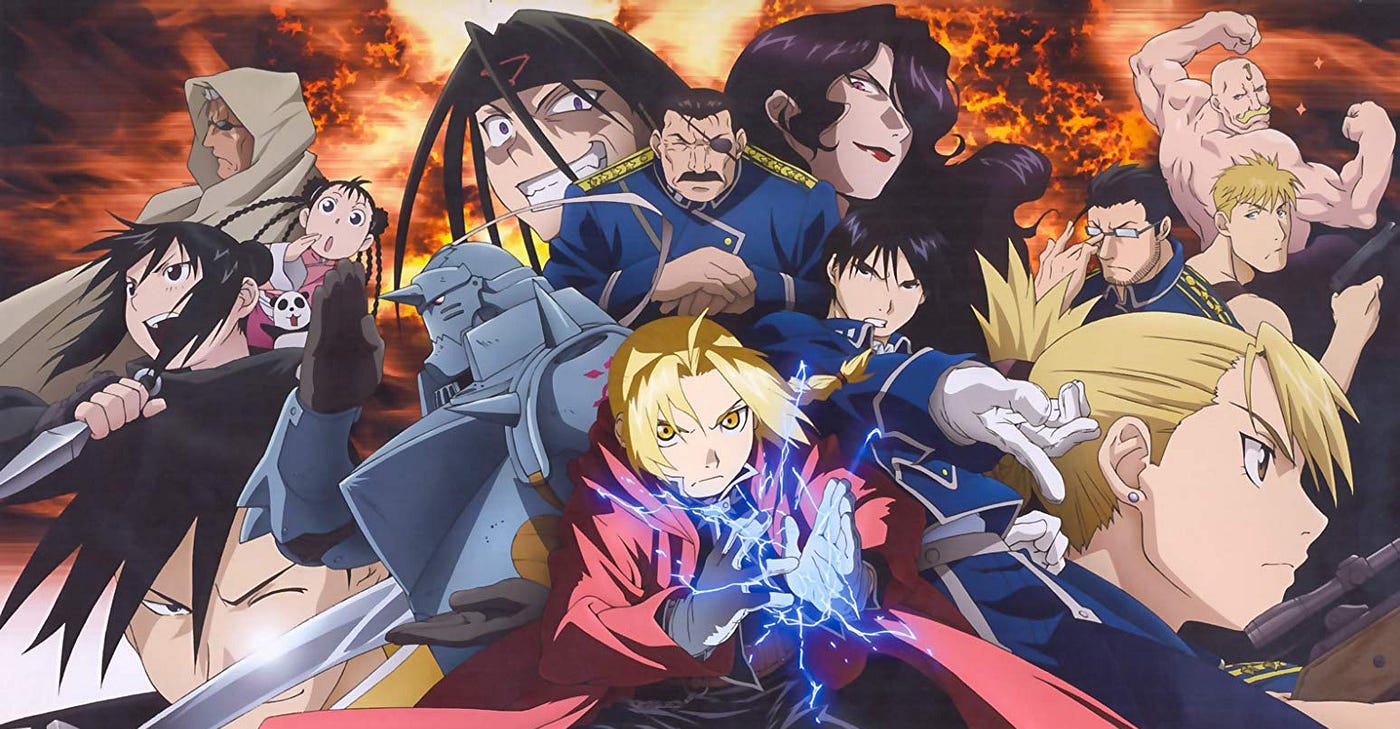
Fullmetal Alchemist: Brotherhood stands as one of the greatest anime series ever crafted, and it’s a prime choice for a binge-watching marathon. The story follows brothers Edward and Alphonse Elric, whose attempt to resurrect their deceased mother through alchemy tragically costs them their bodies and limbs.
Determined to right their wrongs, the brothers look on a quest to find the elusive Philosopher’s Stone, a legendary artifact said to restore their bodies and grant them new life.
Packed with intense drama, poignant moments, and exhilarating action, Fullmetal Alchemist: Brotherhood promises an immersive binge-watching experience. As viewers look into its richly crafted world, they’ll find themselves gripped by the emotional depth and gripping narrative, ensuring they remain fascinated from start to finish.
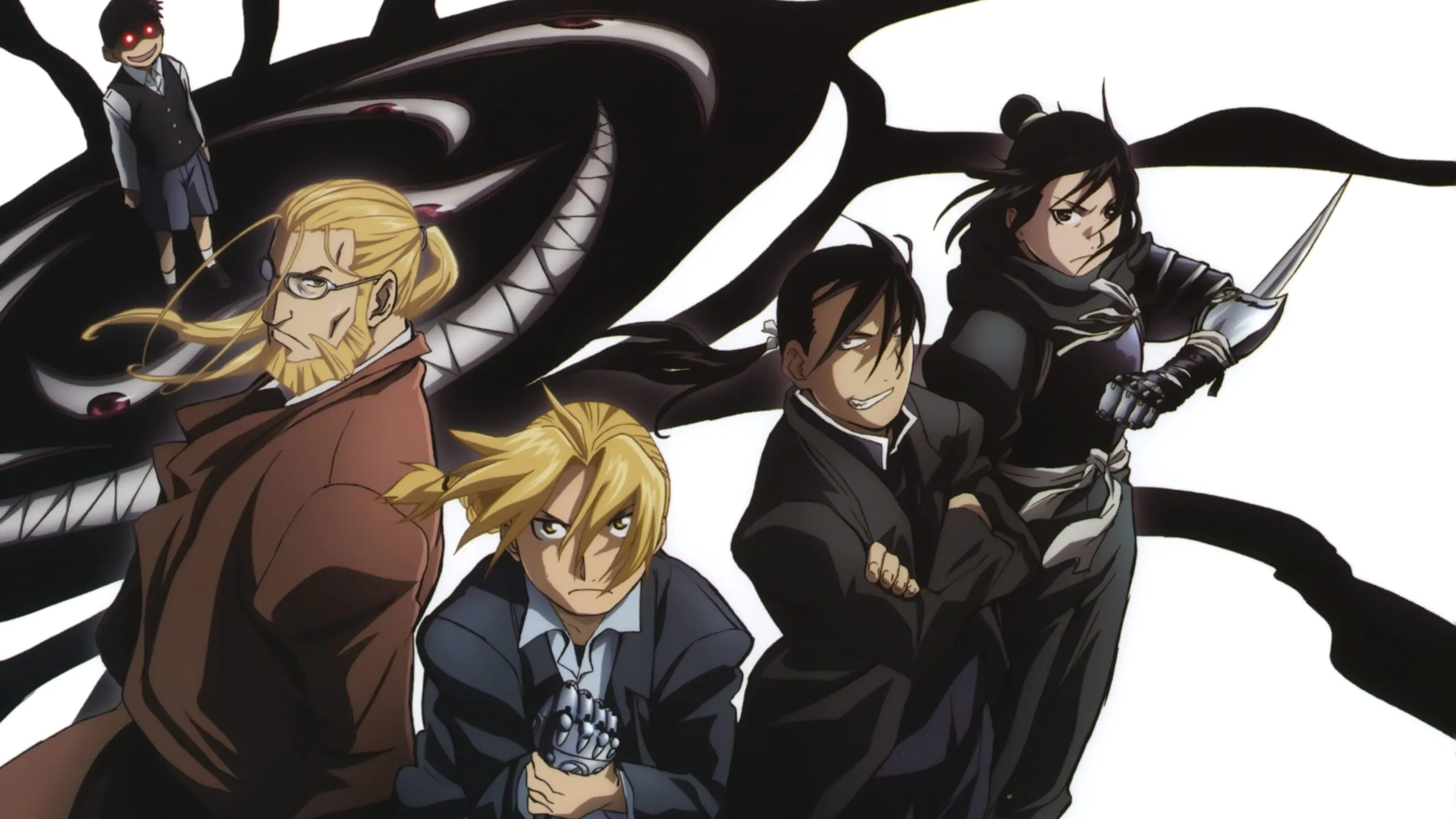
“Fullmetal Alchemist: Brotherhood” is a critically acclaimed anime series based on Hiromu Arakawa’s manga “Fullmetal Alchemist.” Produced by Bones and directed by Yasuhiro Irie, “Fullmetal Alchemist: Brotherhood” first aired in 2009 and quickly gained widespread popularity for its compelling story, complex characters, and thematic depth.
“Fullmetal Alchemist: Brotherhood” follows the journey of two brothers, Edward and Alphonse Elric, in a world where alchemy is a fundamental science. The brothers seek to restore their bodies after a failed alchemical experiment to resurrect their deceased mother costs them dearly. Edward loses his right arm and left leg, while Alphonse’s entire body is destroyed, forcing his soul to be bound to a suit of armor.
Determined to regain what they’ve lost, Edward becomes a State Alchemist known as the “Fullmetal Alchemist,” and Alphonse accompanies him on a quest to find the Philosopher’s Stone—a legendary artifact said to amplify alchemical powers and bypass the law of equivalent exchange.
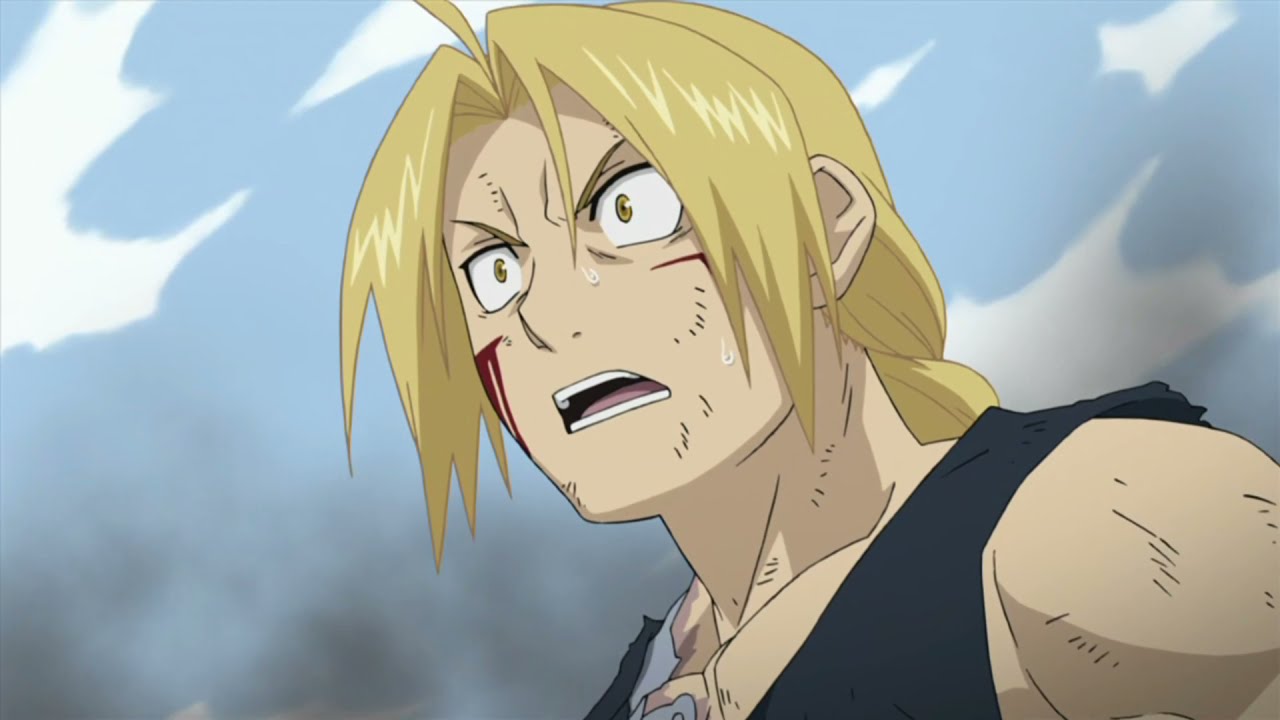
As Edward and Alphonse uncover the dark secrets of alchemy and confront powerful adversaries, they become entangled in a conspiracy that threatens the stability of their nation. Along the way, they encounter allies, adversaries, and moral dilemmas that test their resolve and challenge their understanding of sacrifice and redemption.
“Fullmetal Alchemist: Brotherhood” explores profound themes such as the consequences of ambition, the nature of sacrifice, and the search for identity and purpose. The Elric brothers’ journey is a poignant exploration of human resilience and the bonds of brotherhood, as they confront their past mistakes and strive to make amends.
The series features a richly developed cast of characters, each with their own motivations and personal growth arcs. Edward and Alphonse undergo profound transformations as they grapple with guilt, loss, and the ethical implications of alchemy.
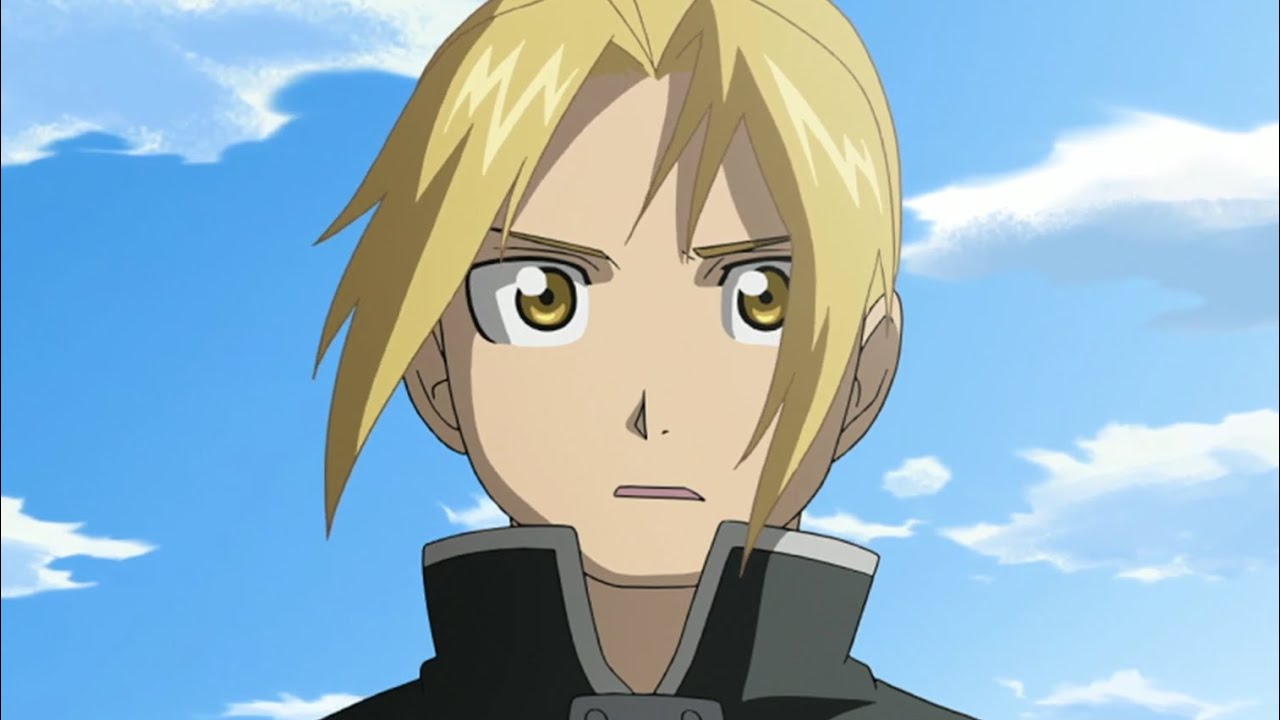
Supporting characters, including the morally complex Colonel Roy Mustang, the enigmatic Homunculus Greed, and the determined Winry Rockbell, contribute to the series’ emotional depth and thematic complexity.
“Fullmetal Alchemist: Brotherhood” boasts exceptional animation quality and fluid fight choreography. The action sequences are dynamic and visually stunning, showcasing the characters’ alchemical abilities and strategic combat skills. The character designs by Hiroki Kanno are distinct and memorable, capturing the essence of each character’s personality and role in the narrative.
The musical score of “Fullmetal Alchemist: Brotherhood,” composed by Akira Senju, enhances the series’ emotional impact and epic scale. The orchestral arrangements and vocal performances complement pivotal moments, conveying a range of emotions from heart-wrenching sorrow to triumphant resolve.
“Fullmetal Alchemist: Brotherhood” has received universal acclaim from critics and audiences alike, often cited as one of the greatest anime series of all time. The series’ faithful adaptation of the manga’s storyline, coupled with its compelling narrative and well-rounded characters, has contributed to its enduring popularity and cultural impact.
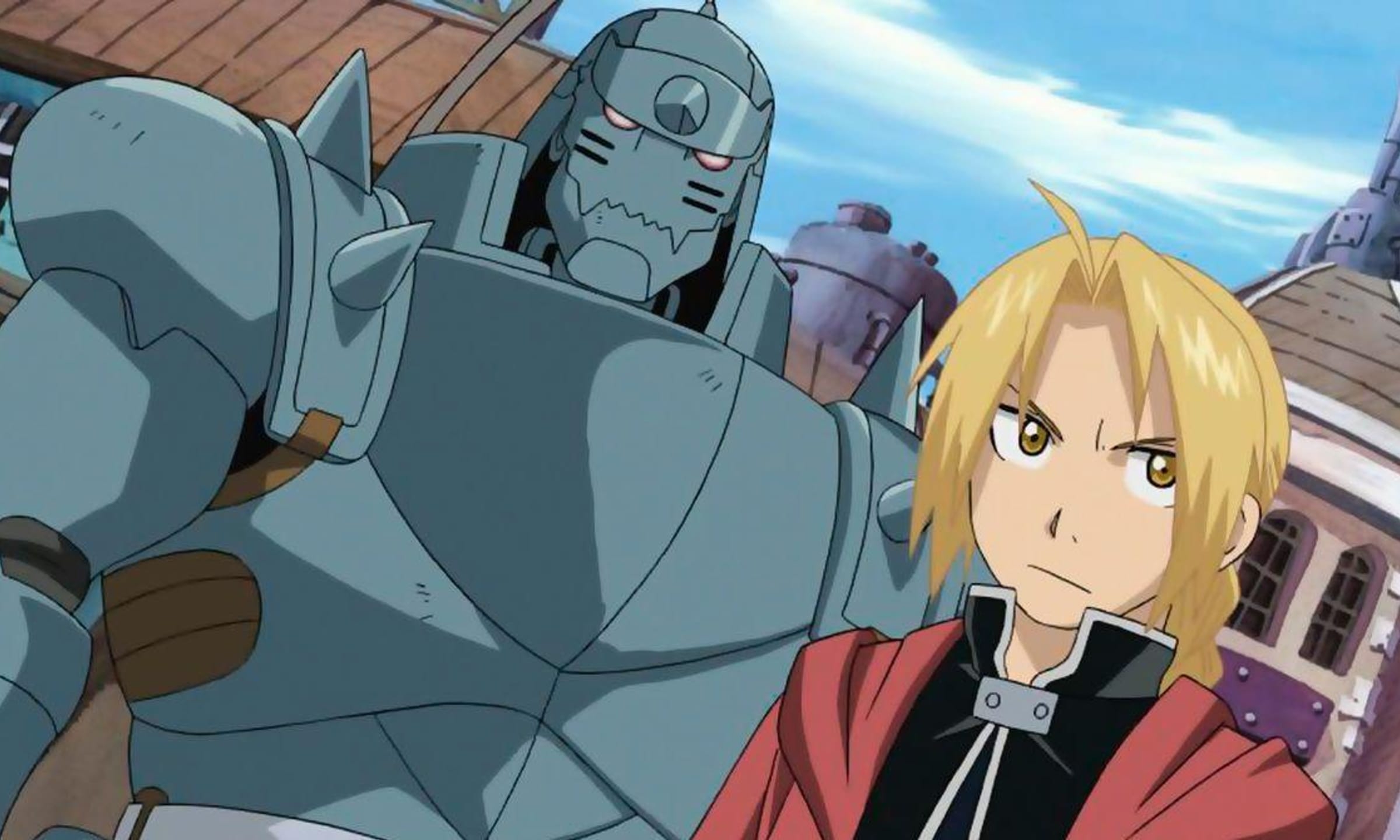
“Fullmetal Alchemist: Brotherhood” is highly recommended for anime enthusiasts seeking a nice and thought-provoking viewing experience.
Whether you’re drawn to epic fantasy, intricate world-building, or compelling character-driven narratives, this series offers a masterful blend of action, drama, and philosophical depth. “Fullmetal Alchemist: Brotherhood” is a timeless masterpiece that continues to resonate with viewers and remains a must-watch for fans of anime and storytelling alike.
4. Steins:Gate
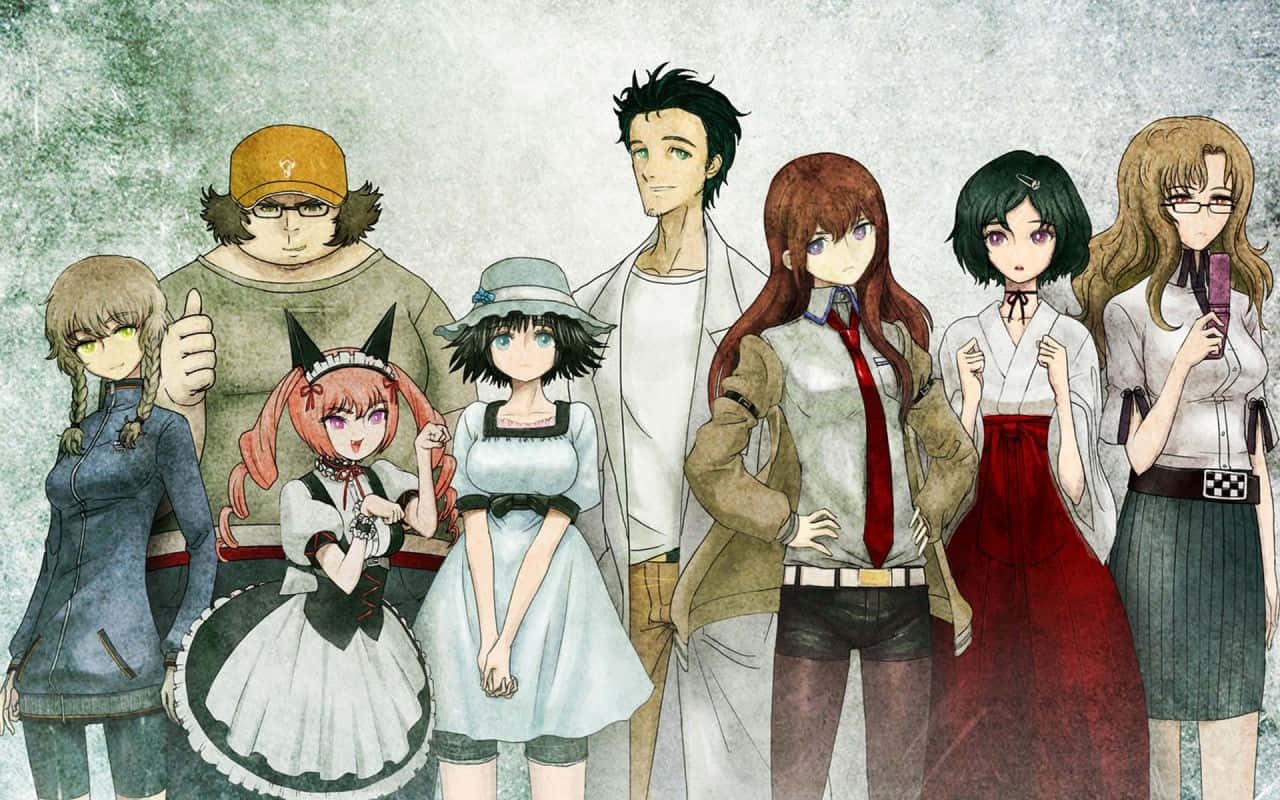
Steins: Gate revolves around Rintarou Okabe, the eccentric leader of a group fixated on inventing a time machine. Alongside him are key members like Christina, whose brilliance is indispensable, Mayuri Shiina, who harbors an enigmatic link to a series of murders, and Daru, the tech-savvy hacker providing crucial support.
As the series progresses, the group finds themselves entangled in a complex web of conspiracies and betrayals, forcing them to wield their newfound ability to navigate treacherous waters and protect their loved ones.
Renowned by both critics and fans alike, Steins: Gate earns its place among the elite in anime. Its gripping storyline and emotionally resonant characters leave a lasting impact, ensuring viewers are drawn back for multiple viewings.
Whether you’re a seasoned anime enthusiast or just dipping your toes into the genre, Steins: Gate is a series that demands to be binged, offering an unforgettable journey through its intricate narrative and compelling characters.
“Steins;Gate” is a critically acclaimed anime series based on the visual novel developed by 5pb. and Nitroplus. Directed by Hiroshi Hamasaki and Takuya Satō, “Steins;Gate” first aired in 2011 and quickly became known for its intricate plot, compelling characters, and exploration of complex scientific concepts.
The story of “Steins;Gate” follows Rintarou Okabe, a self-proclaimed mad scientist who operates a small laboratory in Akihabara with his friends Mayuri Shiina and Itaru “Daru” Hashida.
Okabe becomes involved in a mysterious series of events after discovering a way to send text messages to the past using a microwave and a modified phone, which they call the “Phone Microwave (name subject to change).”
As Okabe and his friends experiment with time travel, they inadvertently attract the attention of a shadowy organization known as SERN, which is also conducting research into time manipulation. Okabe soon realizes that their actions have unintended consequences, leading to dangerous and unforeseen outcomes.
To reveal the mysteries surrounding time travel and protect his friends, Okabe must navigate a web of conspiracies, shifting timelines, and personal sacrifices. Along the way, he encounters Kurisu Makise, a brilliant neuroscientist whose involvement in the experiments becomes pivotal to the unfolding narrative.
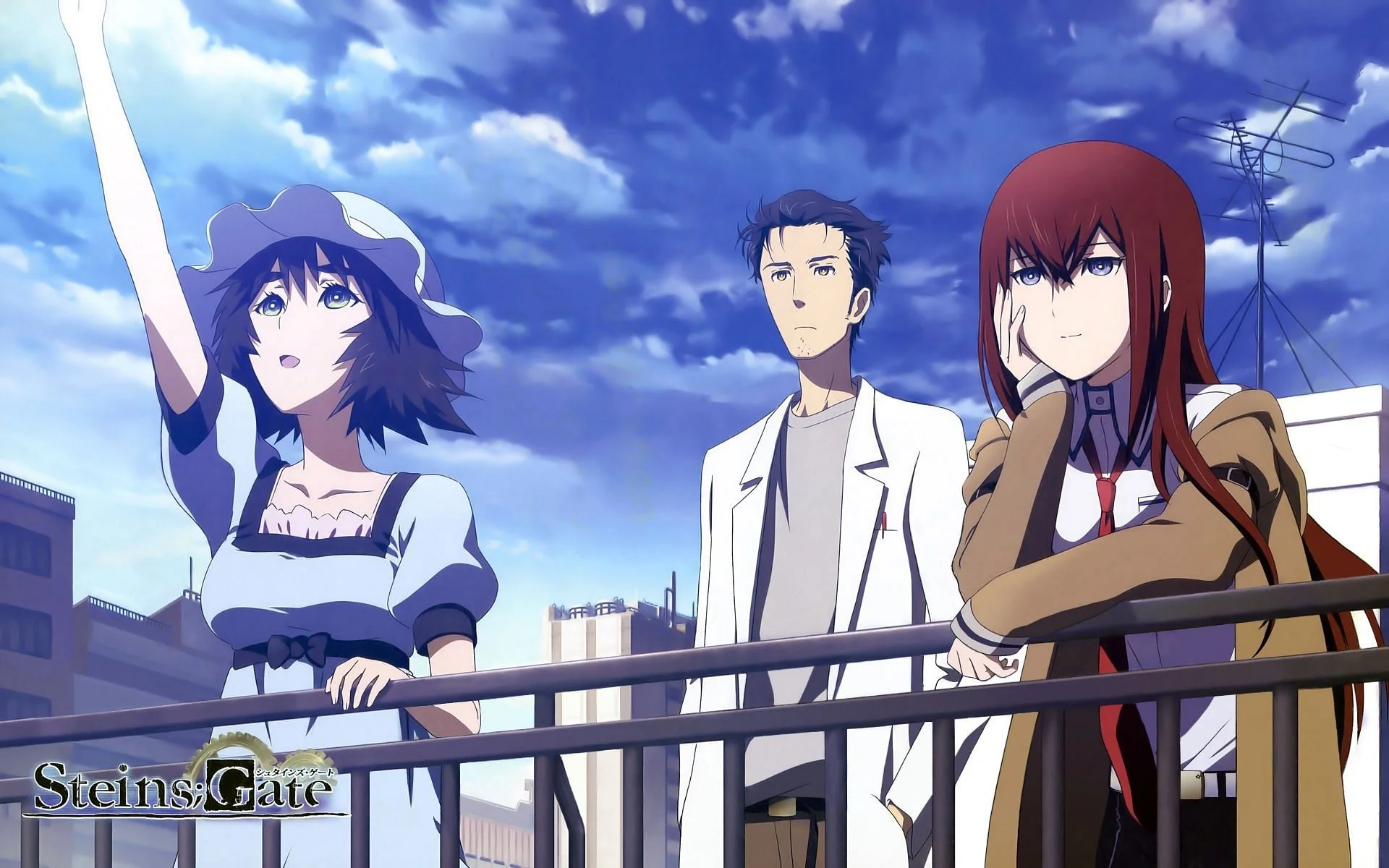
“Steins;Gate” goes into themes of causality, fate, and the ethical implications of time manipulation. The series explores concepts from theoretical physics, including the butterfly effect and the Many-Worlds Interpretation, while maintaining a grounded and character-driven approach.
The narrative examines the human consequences of tampering with time, highlighting the emotional toll on Okabe and his friends as they grapple with existential questions and moral dilemmas. The themes of sacrifice and redemption are central to the series, as characters confront the consequences of their actions and strive to forge a path forward.
One of the strengths of “Steins;Gate” lies in its well-developed characters and their interpersonal dynamics. Okabe’s eccentric persona serves as a facade to mask his insecurities and vulnerabilities, while Kurisu’s intelligence and wit challenge his preconceptions about science and human connection.
The supporting cast, including Mayuri, Daru, and other lab members, each play essential roles in the narrative, providing emotional support and comedic relief amidst the tense plot developments. The relationships between the characters evolve organically, adding depth and emotional resonance to the overarching story.
“Steins;Gate” features solid animation by White Fox, capturing the atmospheric tone and suspenseful moments of the narrative. The character designs by Kyuta Sakai are distinctive and expressive, reflecting each character’s personality and emotional state.
The soundtrack of “Steins;Gate,” composed by Takeshi Abo and others, enhances the series’ mood and intensity. The use of atmospheric music and sound effects contributes to the suspenseful atmosphere, immersing viewers in Akihabara and the mysteries of time travel.
“Steins;Gate” has received widespread acclaim for its compelling storytelling, intricate plot twists, and memorable characters. The series is often praised for its attention to detail and thematic depth, earning a dedicated fanbase and numerous awards within the anime community.
“Steins;Gate” is highly recommended for viewers interested in science fiction, time travel, and character-driven narratives. The series offers a nice blend of suspense, drama, and philosophical themes that will resonate with fans of thought-provoking anime.
Whether you’re new to the genre or a seasoned enthusiast, “Steins;Gate” is a must-watch series that continues to leave a lasting impact on audiences worldwide.
3. Trigun
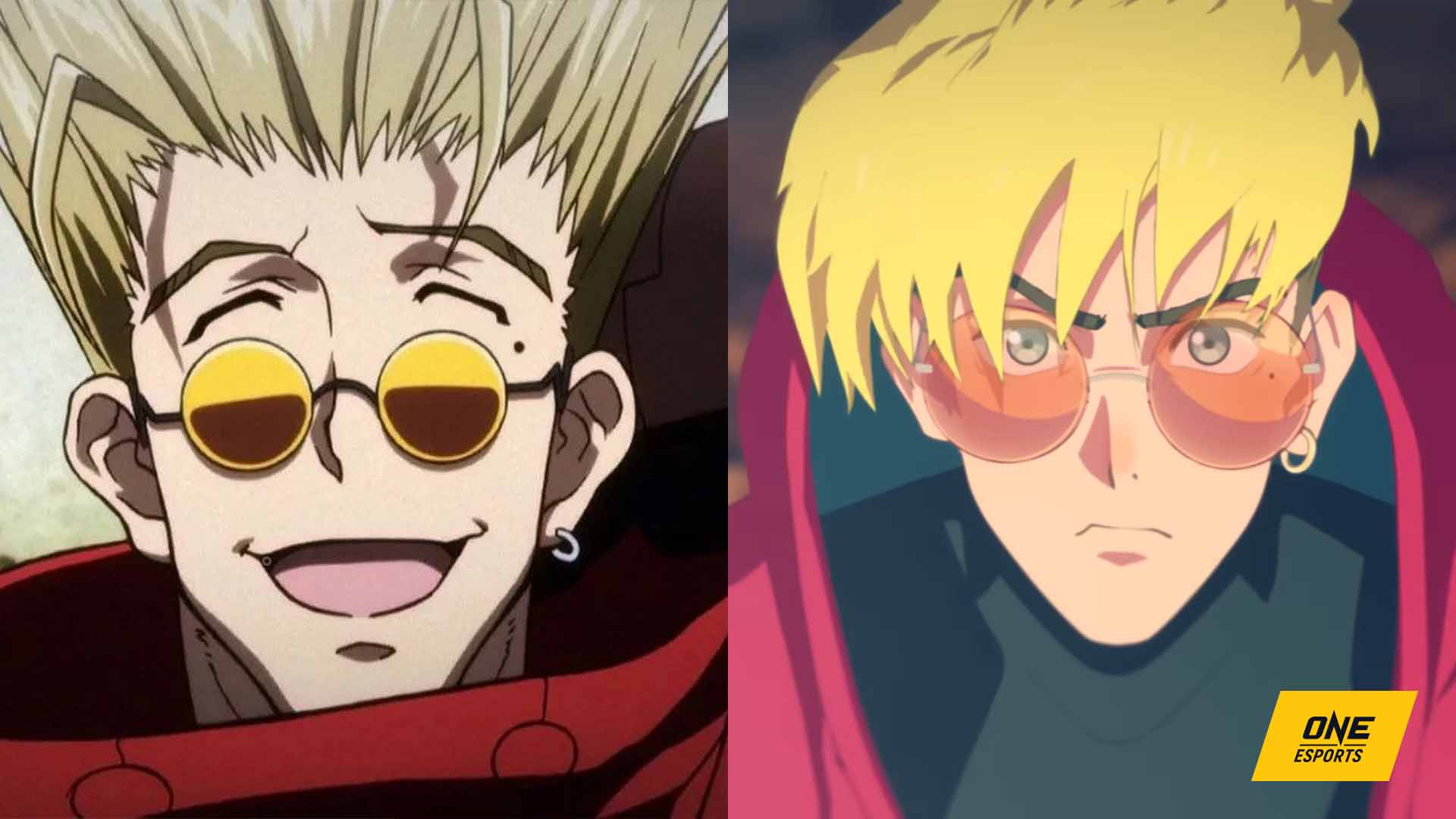
Trigun, a beloved classic from the 1990s, chronicles the adventures of Vash the Stampede, a legendary gunslinger renowned for his unparalleled marksmanship. With just 26 episodes, it offers a fast-paced and exhilarating journey perfect for a 24-hour binge-watch.
What sets Trigun apart is its eclectic blend of action, adventure, comedy, and drama. From Vash’s comical antics to his unconventional approach to handling adversaries, the series navigates seamlessly between moments of levity and gravitas.
This unique balance keeps viewers engaged and entertained throughout, delivering a rollercoaster ride of highs and lows that leave a lasting impression. So whether you’re in the mood for pulse-pounding action or heartfelt drama, Trigun promises an unforgettable binge-watching experience that’s sure to fascinate audiences of all ages.
“Trigun” is a beloved anime series based on the manga created by Yasuhiro Nightow. Directed by Satoshi Nishimura and produced by Madhouse, “Trigun” originally aired in 1998 and quickly gained popularity for its blend of action, comedy, and deep philosophical themes.
Set in a post-apocalyptic desert world, “Trigun” follows the adventures of Vash the Stampede, a legendary gunslinger with a mysterious past. Despite his fearsome reputation and the exorbitant bounty on his head, Vash is actually a pacifist who abhors violence and strives to protect innocent lives.
As Vash travels across the wasteland, he encounters various individuals—both friends and foes—who are drawn to his enigmatic personality and unwavering sense of justice. Along the way, Vash’s past begins to catch up with him, revealing dark secrets and personal conflicts that shape his journey.
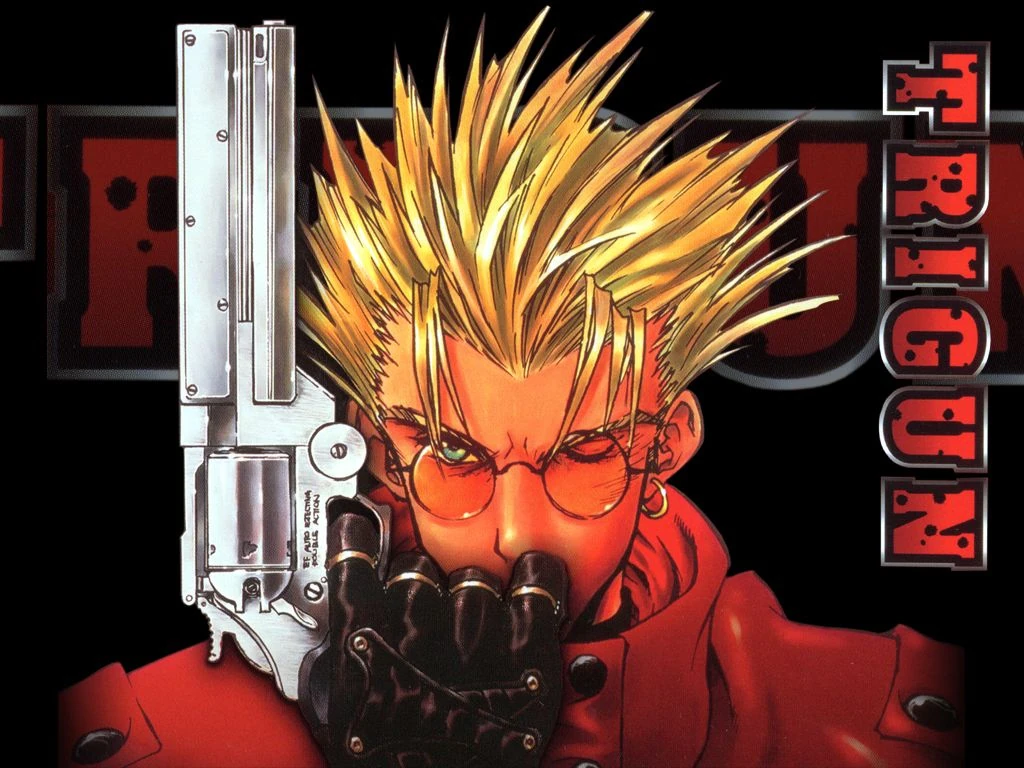
The narrative unfolds as Vash confronts dangerous adversaries, including his estranged brother Knives Millions and the ruthless Gung-Ho Guns, all while grappling with his own inner demons and the ethical dilemmas of his actions.
“Trigun” explores profound themes such as redemption, forgiveness, and the nature of humanity. Vash’s character embodies the complexity of moral choices in a world filled with violence and despair. Despite his aversion to killing, Vash must confront the consequences of his actions and come to terms with the harsh realities of survival.
The supporting characters in “Trigun,” including the resourceful insurance agents Meryl Stryfe and Milly Thompson, add depth to the narrative and provide comedic relief amidst the serious tone. The interactions between the characters reveal layers of vulnerability and resilience, emphasizing the importance of compassion and empathy.
Madhouse’s animation in “Trigun” is well-regarded for its dynamic action sequences, expressive character designs, and detailed backgrounds. The desert landscapes and Western-inspired settings evoke a sense of isolation and desolation, complementing the series’ thematic exploration of loneliness and redemption.
The soundtrack of “Trigun,” composed by Tsuneo Imahori, features a mix of Western-inspired tunes, jazz, and rock music that enhances the series’ adventurous spirit and emotional depth. The opening theme, “H.T.” by Tsuneo Imahori, sets the tone for the series with its energetic guitar riffs and infectious beat.
“Trigun” has garnered widespread acclaim for its compelling storytelling, memorable characters, and philosophical themes. The series has maintained a dedicated fanbase over the years and remains influential within the anime community. “Trigun” has inspired merchandise, spin-off projects, and live-action adaptations, attesting to its enduring popularity.
“Trigun” is recommended for viewers interested in action-packed storytelling with deep philosophical undertones. The series offers a nice blend of adventure, drama, and introspection, making it a classic within the anime genre.
Whether you’re a fan of Westerns, science fiction, or character-driven narratives, “Trigun” delivers a compelling and unforgettable journey through a world of danger, redemption, and hope.
2. Great Teacher Onizuka
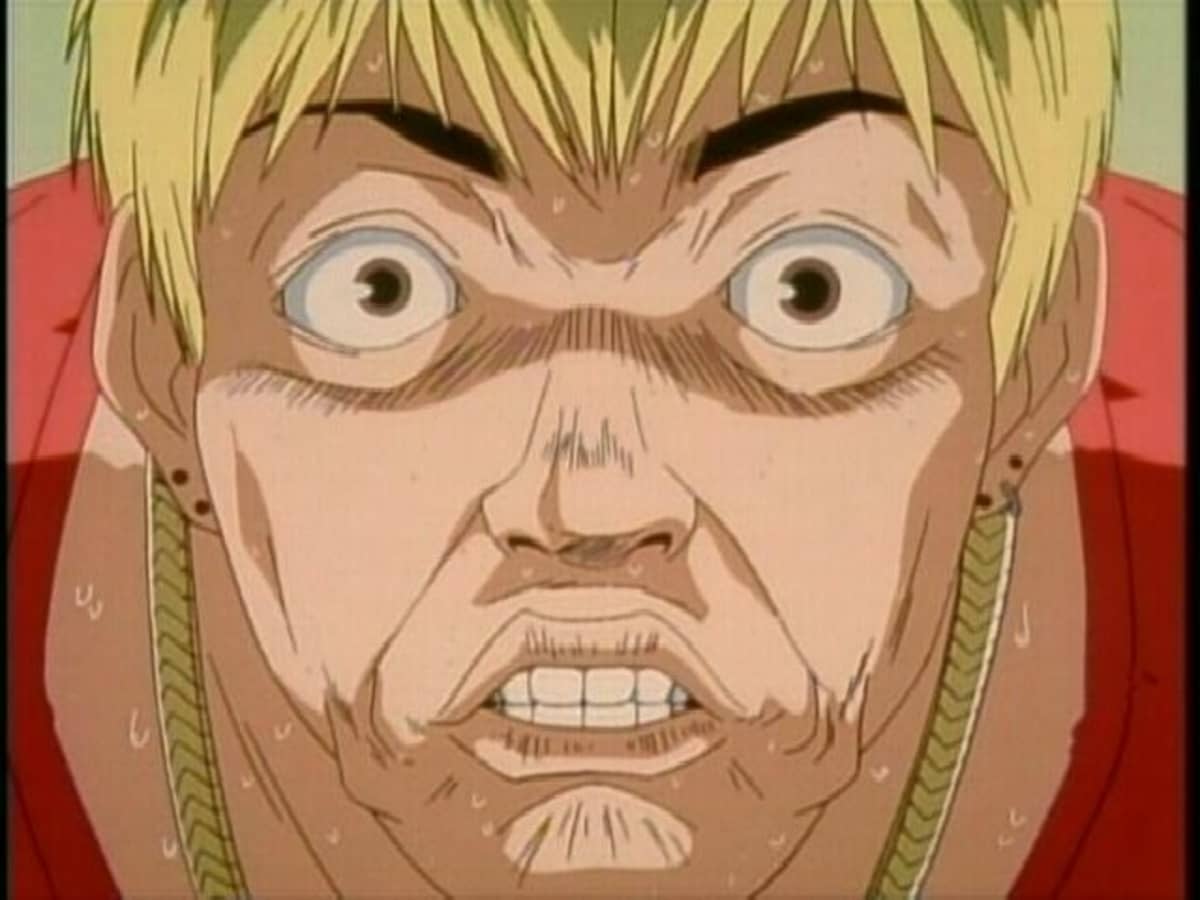
GTO (Great Teacher Onizuka) has garnered a dedicated fanbase who are drawn to its fascinating blend of humor, drama, and action. At its center is Eikichi Onizuka, a former delinquent who takes on the role of a high school teacher in an attempt to relive his glory days.
However, his unorthodox teaching methods often land him in hot water, leading to a series of entertaining and occasionally surreal situations.
Onizuka’s charm lies in his quirky personality and unconventional approach, coupled with a genuine care for his students. The supporting cast, comprising both students and faculty members, adds depth and appeal to the series.
With its heartwarming moments and comedic flair, GTO caters to fans of both comedy and drama. Its well-developed characters and engaging plotlines make it a must-watch for anyone seeking a blend of humor, heart, and compelling storytelling.
“Great Teacher Onizuka” (GTO) is a beloved anime and manga series created by Tooru Fujisawa. It follows the story of Eikichi Onizuka, a former delinquent turned unorthodox teacher, as he gets on a mission to connect with his students and inspire positive change in their lives. “Great Teacher Onizuka” explores themes of redemption, friendship, and the challenges of adolescence, all wrapped up in a comedic and heartfelt narrative.
Eikichi Onizuka is a 22-year-old ex-biker gang leader who decides to pursue a career as a teacher. Despite lacking conventional credentials or teaching experience, Onizuka’s unorthodox methods and streetwise attitude land him a job as a homeroom teacher at the prestigious Seirin Academy. His goal? To become the “greatest teacher” and earn the respect of his students.
However, Onizuka quickly realizes that his class, 3-4, is notorious for driving away every teacher with their rebellious behavior. Undeterred, Onizuka sees this as an opportunity to connect with the students on their level and help them overcome their personal struggles. Along the way, he faces numerous challenges and confronts the darker aspects of student life, including bullying, peer pressure, and family issues.
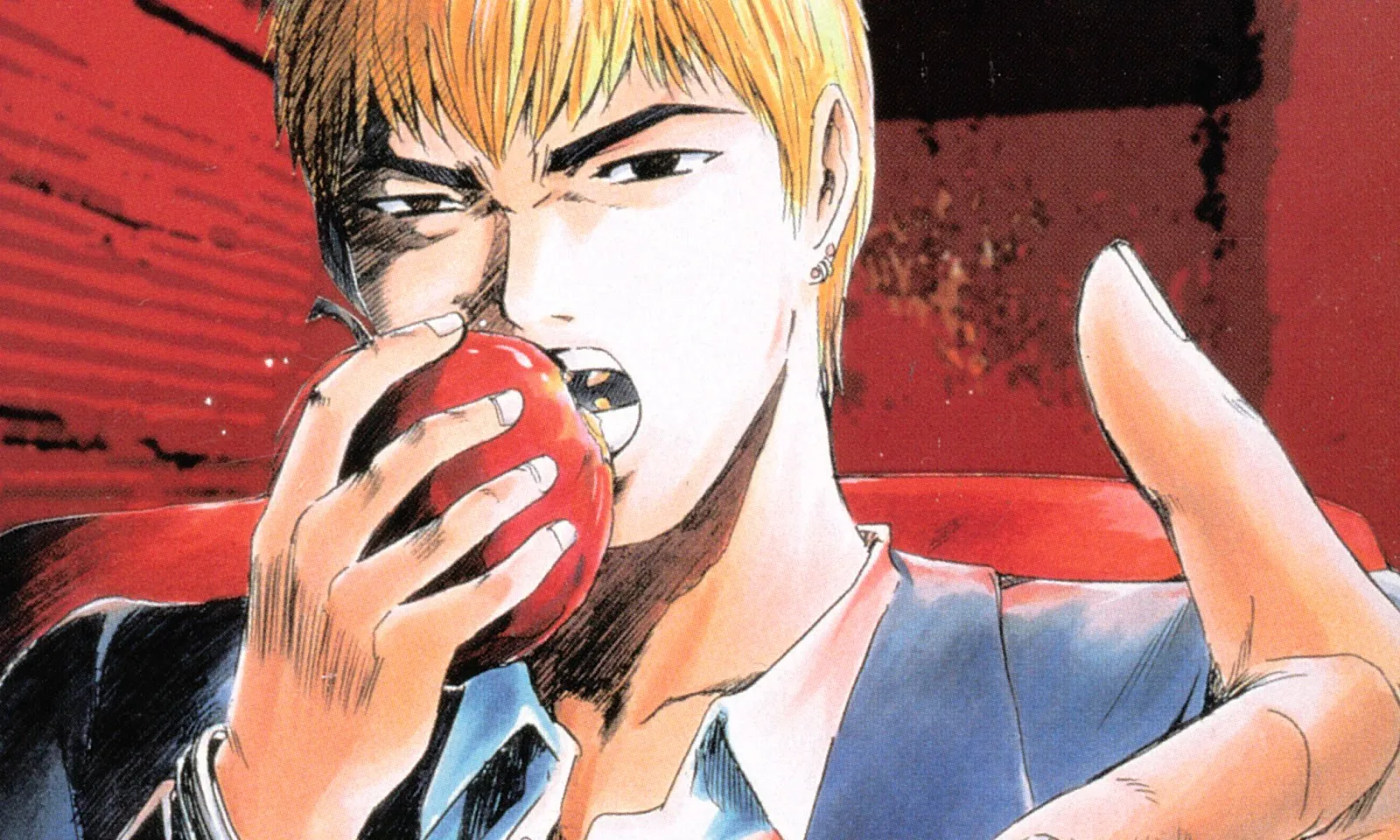
Through his unconventional teaching methods and genuine care for his students, Onizuka gradually earns their trust and respect. As the series progresses, Onizuka’s influence extends beyond the classroom, impacting the lives of students and faculty alike.
“Great Teacher Onizuka” explores themes of second chances, personal growth, and the transformative power of mentorship. Onizuka’s character development is central to the series, as he learns valuable lessons about responsibility and empathy while guiding his students through their adolescent struggles.
The supporting cast of characters is diverse and multi-dimensional, each grappling with their own insecurities and aspirations. From troubled teenagers to jaded colleagues, every character in “Great Teacher Onizuka” contributes to the narrative, offering insights into the complexities of human nature.
One of the standout aspects of “Great Teacher Onizuka” is its blend of humor and drama. The series is known for its comedic moments, often stemming from Onizuka’s over-the-top antics and larger-than-life personality. At the same time, “Great Teacher Onizuka” doesn’t shy away from addressing serious issues faced by teenagers, treating them with sensitivity and nuance.
The anime adaptation of “Great Teacher Onizuka” features expressive character designs and lively animation that capture the energy and emotion of the manga. The artwork complements the series’ comedic and dramatic elements, enhancing the viewing experience.
“Great Teacher Onizuka” has garnered widespread acclaim from fans and critics alike for its engaging storytelling, memorable characters, and relatable themes. The series has inspired live-action adaptations, spin-off manga, and a lasting legacy within the realm of slice-of-life and school-themed anime.
“Great Teacher Onizuka” is recommended for viewers seeking a heartwarming and humorous anime with depth and emotional resonance. Whether you’re a fan of school-based narratives or interested in stories of personal redemption;
“Great Teacher Onizuka” offers a refreshing and uplifting journey that celebrates the power of mentorship and the resilience of youth. Join Onizuka-sensei on his quest to become the greatest teacher and make a difference in the lives of his students—it’s a ride you won’t want to miss!
1. One Punch Man

One Punch Man is a thrilling and incredibly enjoyable anime series that’s perfect for a day-long binge-watch. The story follows Saitama, a young and unemployed Hero for Fun who possesses the power to defeat any enemy with a single punch.
Despite his incredible strength, Saitama finds himself battling monsters and villains who threaten the city, all while struggling to find a worthy opponent who can challenge him.
What sets One Punch Man apart is its unique blend of action and humor. Saitama’s nonchalant demeanor and laid-back approach to his superhuman abilities often lead to hilarious situations throughout the series.
With its fast-paced tempo and non-stop adrenaline, One Punch Man stands out as one of the best in its genre, offering viewers an exhilarating and comedic ride from start to finish.

“One Punch Man” is a wildly popular anime series based on the webcomic by ONE and later redrawn as a manga illustrated by Yusuke Murata. The anime adaptation, produced by Madhouse and later by J.C. Staff, first premiered in 2015 and quickly gained acclaim for its unique blend of action, comedy, and satirical take on superhero tropes.
The story of “One Punch Man” centers around Saitama, an unassuming and bald hero who can defeat any opponent with a single punch. Despite his incredible strength, Saitama struggles with boredom and a lack of recognition, as he yearns for an opponent who can provide him with a challenging fight.
As Saitama searches for meaning in his superhero life, he encounters various characters in the Hero Association, a government-sanctioned organization of heroes ranked by their abilities. Alongside his cyborg disciple Genos, Saitama faces a myriad of bizarre monsters, villainous threats, and rival heroes, all while maintaining a laid-back and indifferent demeanor.
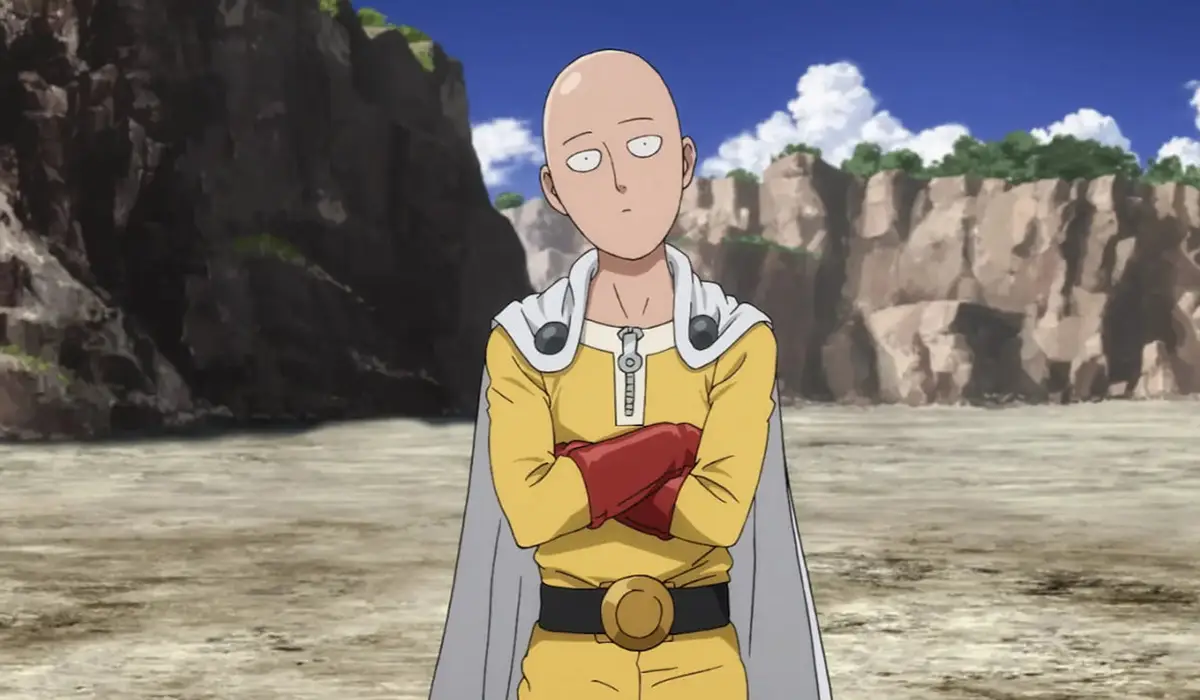
The series juxtaposes intense battle sequences with comedic moments, poking fun at superhero clichés and exploring themes of purpose, ambition, and the pursuit of greatness.
“One Punch Man” cleverly subverts traditional superhero narratives by deconstructing the concept of power and heroism. Saitama’s overwhelming strength serves as a comedic device to highlight the absurdity of typical shonen tropes, such as escalating power levels and dramatic battles.
The series explores themes of existential crisis and the quest for fulfillment, as Saitama struggles to find a worthy opponent who can challenge his abilities. Despite his incredible power, Saitama faces personal struggles and social isolation, emphasizing the notion that true strength goes beyond physical prowess.
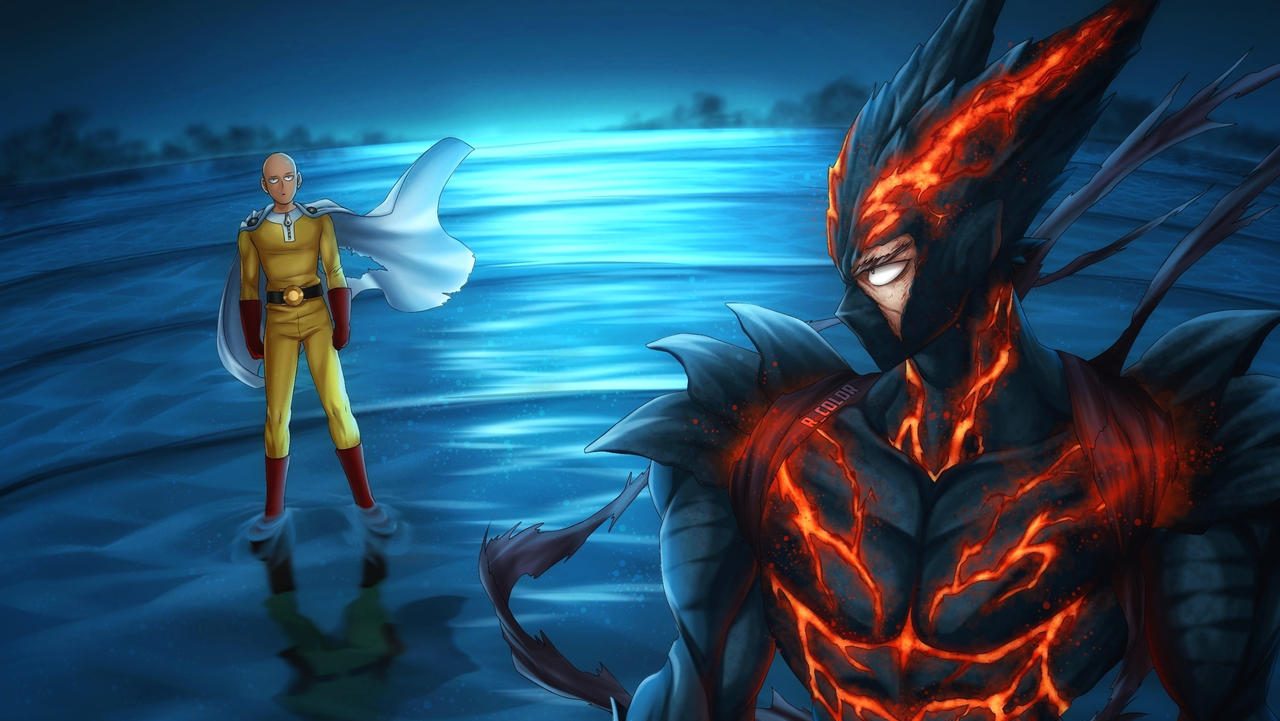
In addition to Saitama’s deadpan humor and nonchalant attitude, “One Punch Man” features a diverse cast of characters, each with their own motivations and quirks. Genos, Saitama’s disciple, contrasts his master’s laid-back demeanor with his intense desire for revenge against a powerful cyborg.
Other heroes and villains, such as the arrogant Speed-o’-Sound Sonic and the enigmatic hero King, add depth and variety to the series’ dynamic ensemble.
“One Punch Man” is renowned for its exceptional animation quality, particularly in its action sequences. The first season, produced by Madhouse, received widespread acclaim for its fluid motion and dynamic fight choreography. The second season, handled by J.C. Staff, maintained a similar visual style, though some fans noted a slight decline in animation quality.
Yusuke Murata’s artwork in the manga adaptation is highly detailed and expressive, capturing the intensity of battle scenes and the diverse range of characters with precision.
The soundtrack of “One Punch Man,” composed by Makoto Miyazaki, enhances the series’ comedic and action-packed atmosphere. The opening theme, “The Hero!! ~Ikareru Ken ni Honō o Tsukeru~” by JAM Project, has become iconic for its energetic lyrics and catchy melody, setting the tone for each episode.
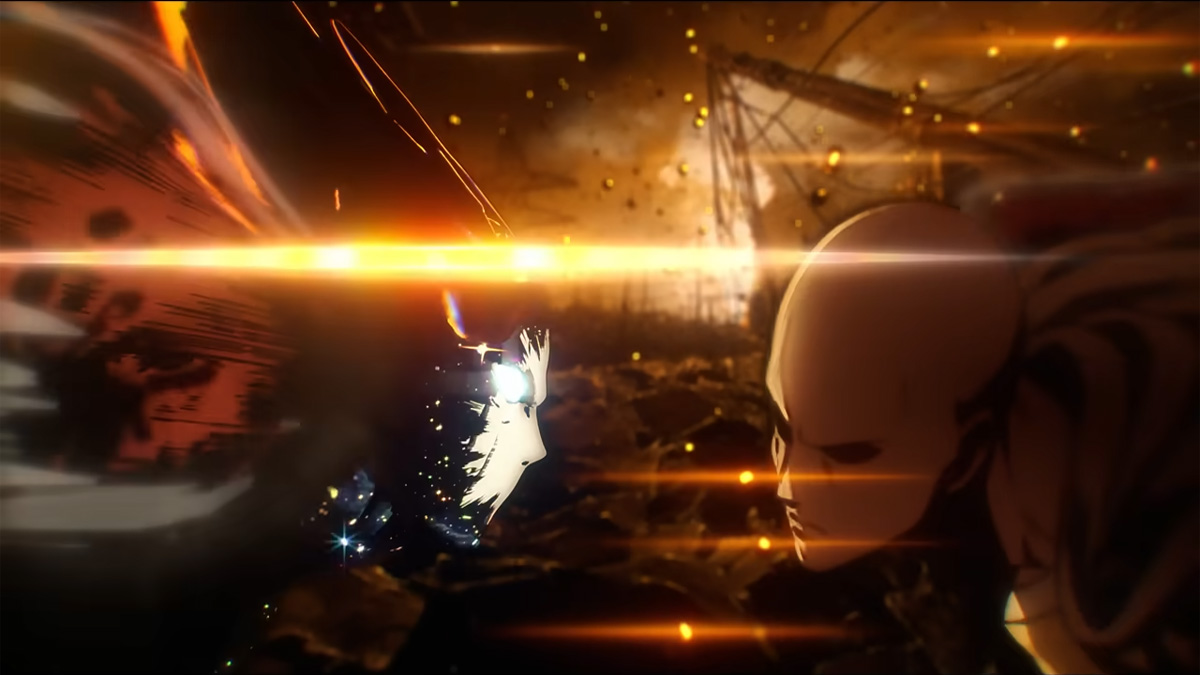
“One Punch Man” has garnered widespread acclaim from both anime enthusiasts and mainstream audiences for its innovative storytelling, engaging characters, and high-quality animation. The series has inspired video games, merchandise, and spin-off projects, solidifying its status as a cultural phenomenon.
“One Punch Man” is recommended for viewers looking for a fresh and humorous take on the superhero genre. Whether you’re a fan of action-packed anime or enjoy satire and comedy, “One Punch Man” offers a unique and entertaining viewing experience that will leave you rooting for Saitama and his quest for a worthy opponent.
Join Saitama on his hilarious and occasionally poignant journey as he searches for meaning in a world where he can defeat any enemy with just one punch!
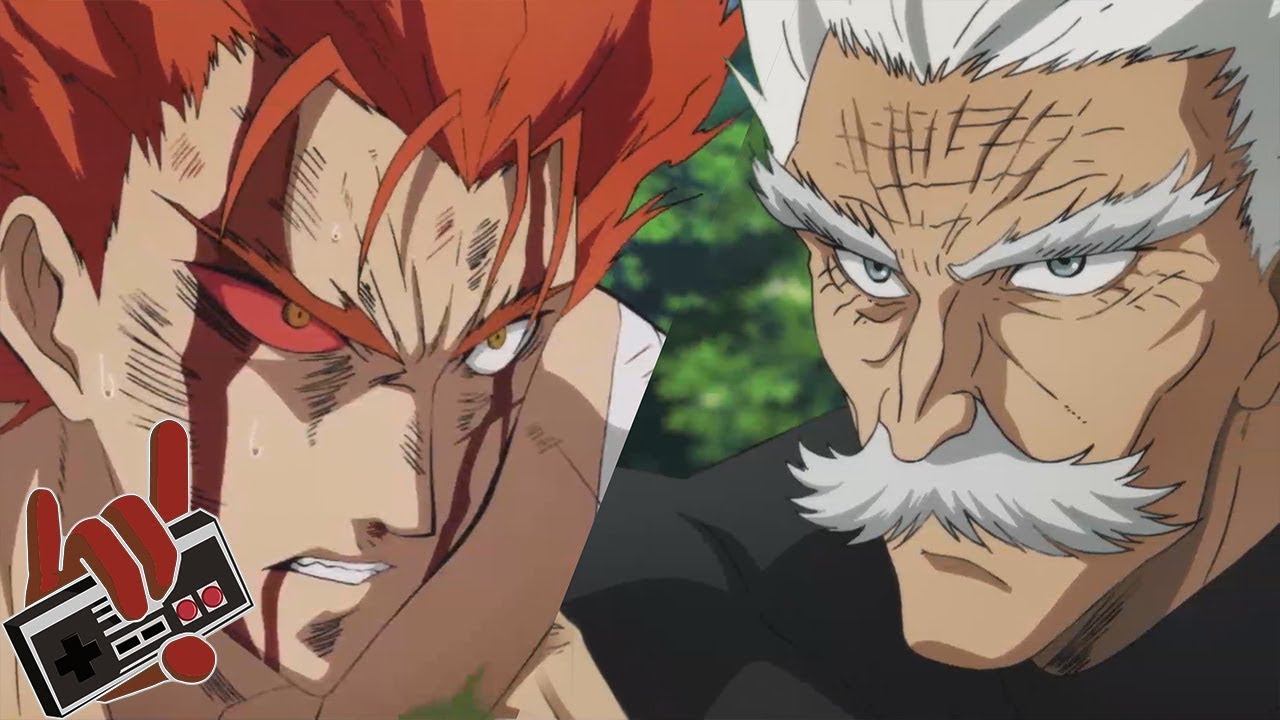
“One Punch Man” is a refreshing and comedic take on the superhero genre, following the adventures of Saitama, a seemingly ordinary hero with the extraordinary ability to defeat any opponent with just one punch.
The series combines exhilarating action sequences with clever satire, poking fun at classic shonen tropes while exploring themes of purpose and identity.
Saitama’s deadpan humor and laid-back demeanor make him a lovable and relatable protagonist, surrounded by a diverse cast of characters. With stunning animation and a catchy soundtrack, “One Punch Man” is a must-watch for anyone seeking a blend of thrilling battles and laugh-out-loud moments.
Memes of the Day
134674 – You wa Nanishini Nippon e?
Mother And Son Creampie, Incest With His Beloved Mom
The Cheat Code Hitter F*ks Them All Raw
The 100 Girlfriends Who Really, Really, Really, Really, Really Love You
Pixiv 115624557
Sauce: 256917
Mizu mo Shitataru Ii Yuel [Herio]
Sauce: Mako-san is Rather Dextrous [Yatsuki Hiyori]
Mukai no Hahamusume | Mother and Daughter across the street
Juken Musuko to Ageman Haha | Exam student son and “Charming” Mother
Pixiv 108955383
Sauce Code 384710
Granted (Various)] Touhou Halloween Goudou
Daisuki na Okaa-san no Onara de Shasei Shita Ohanashi

